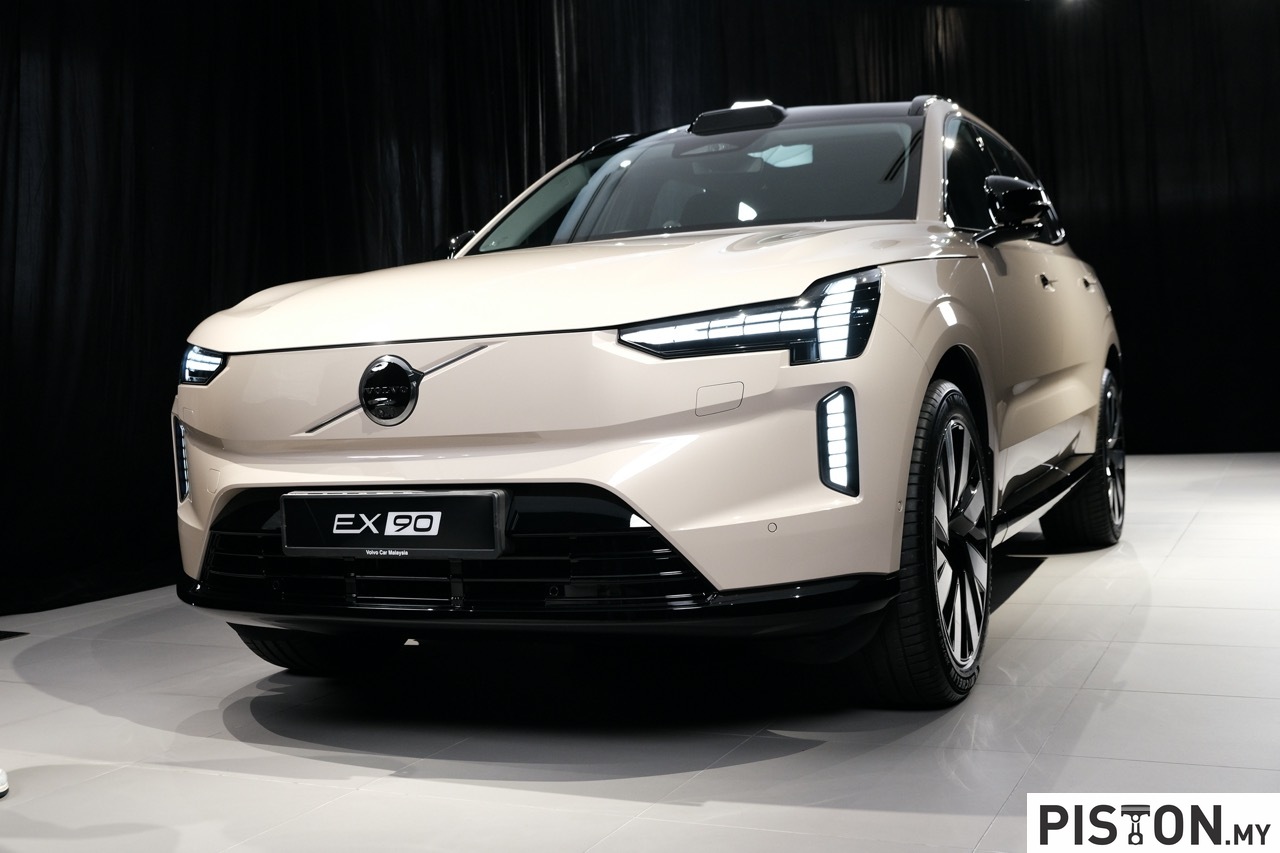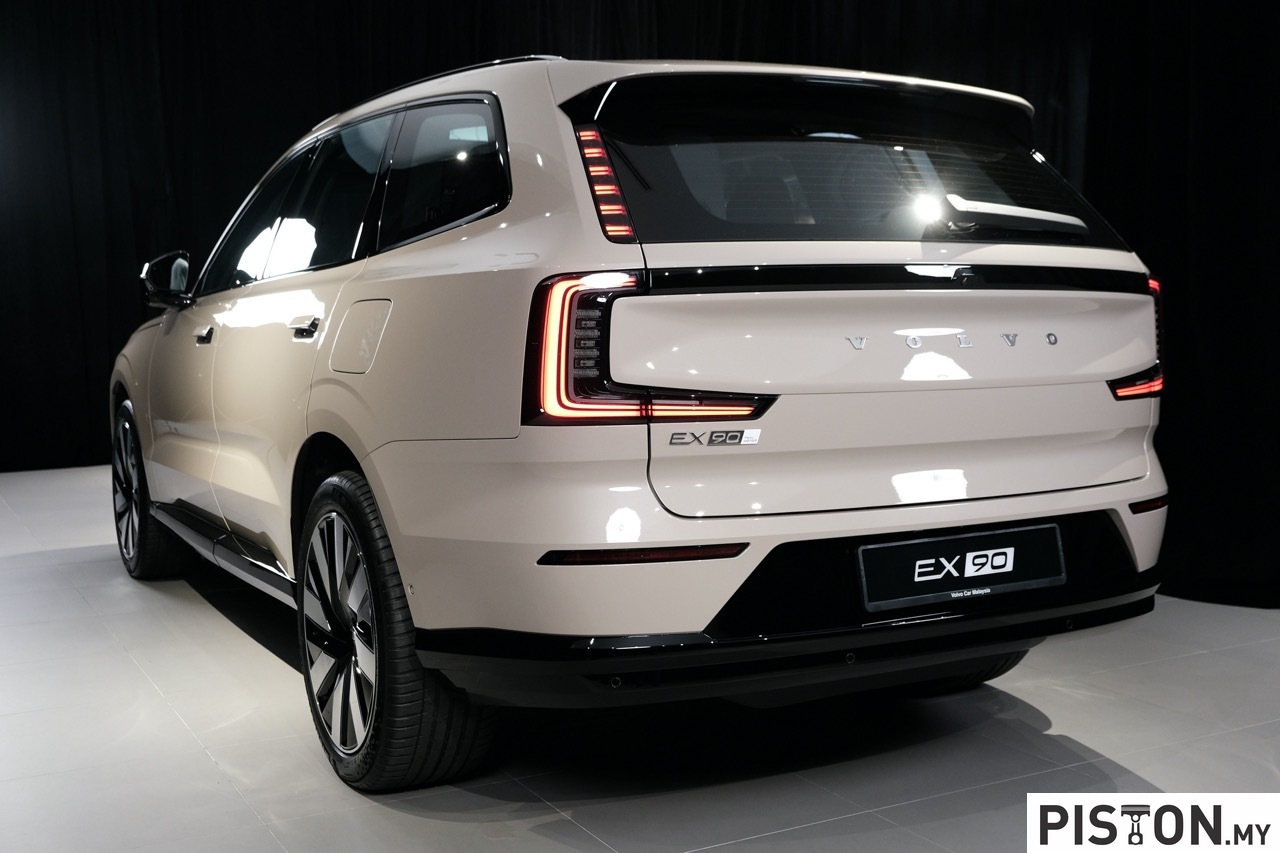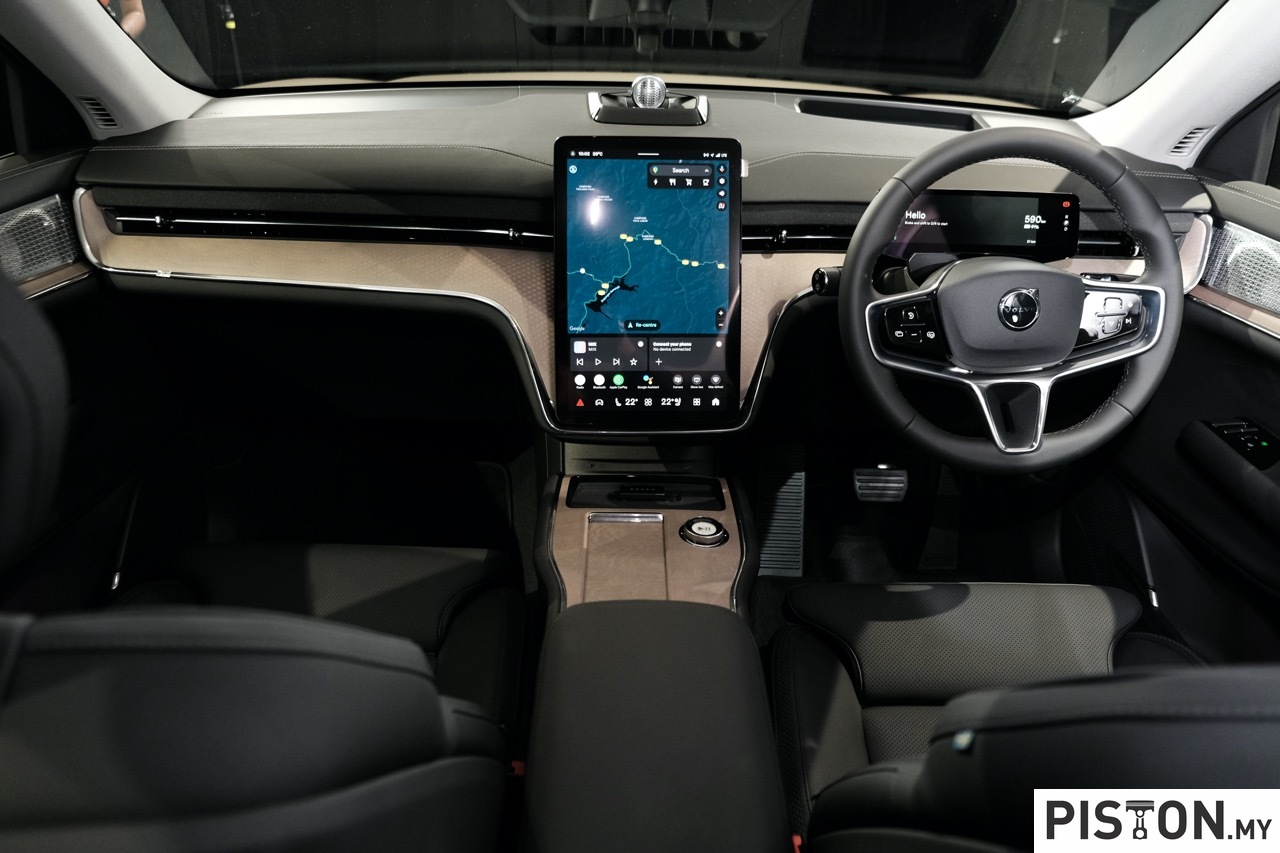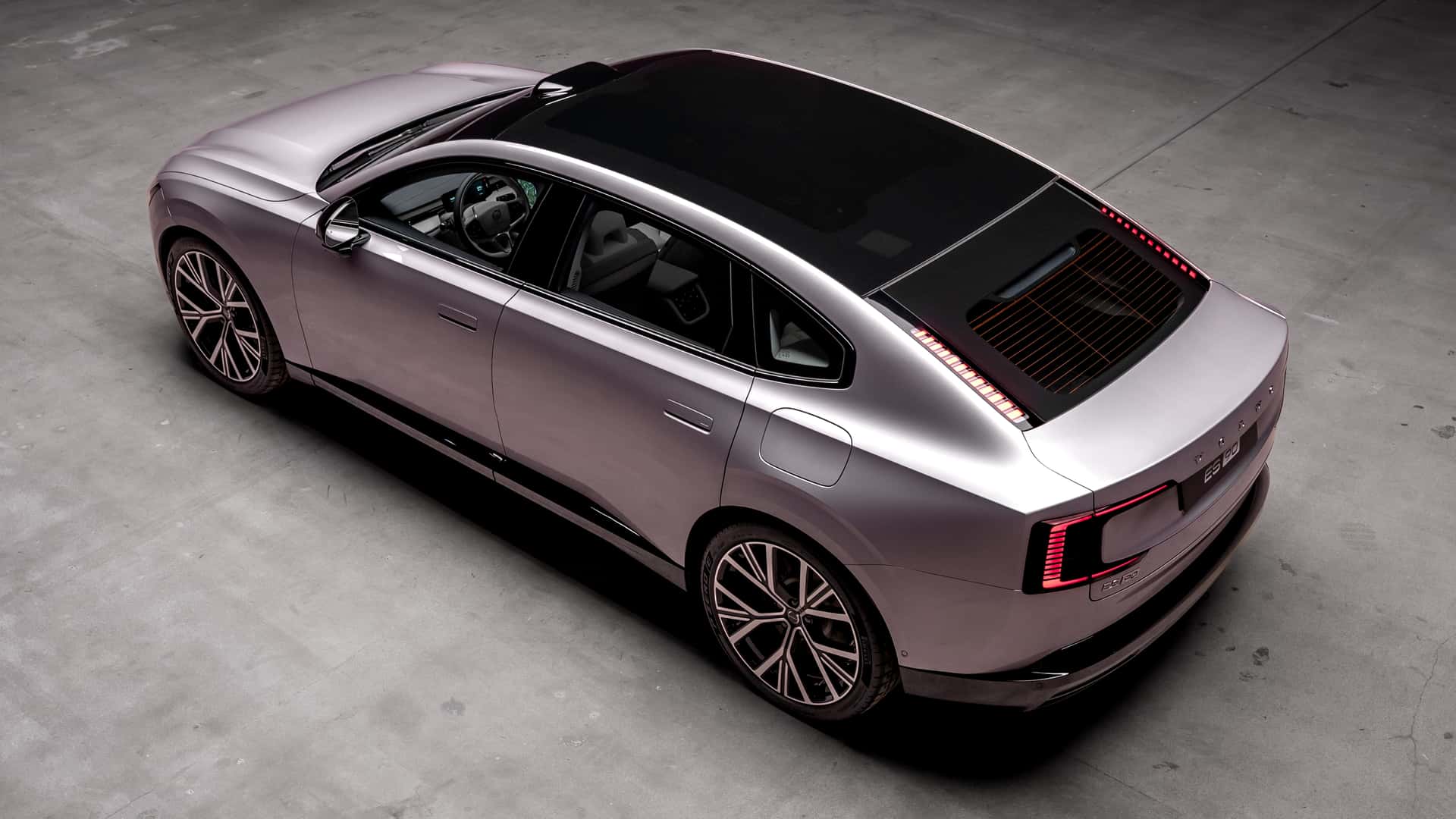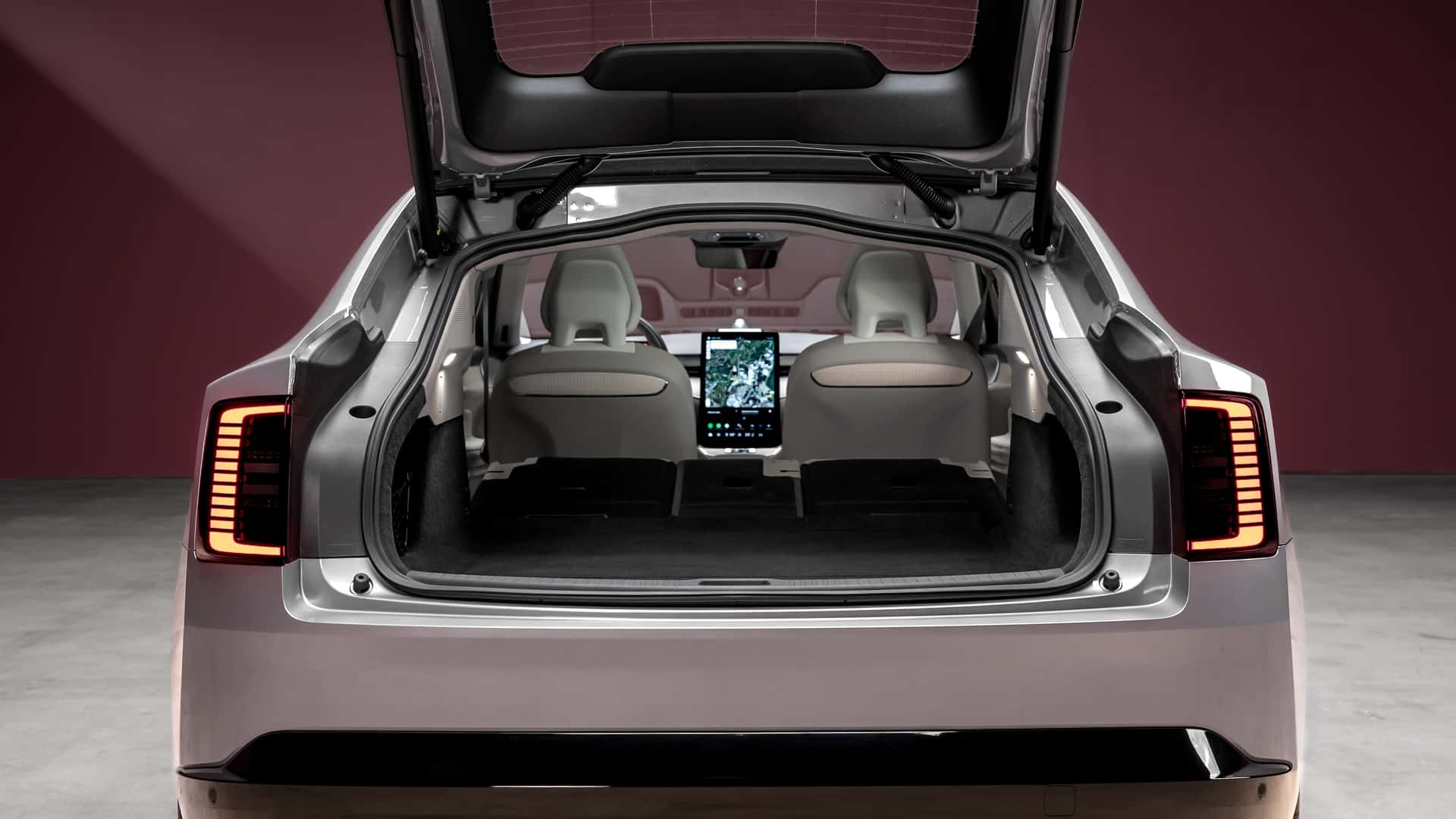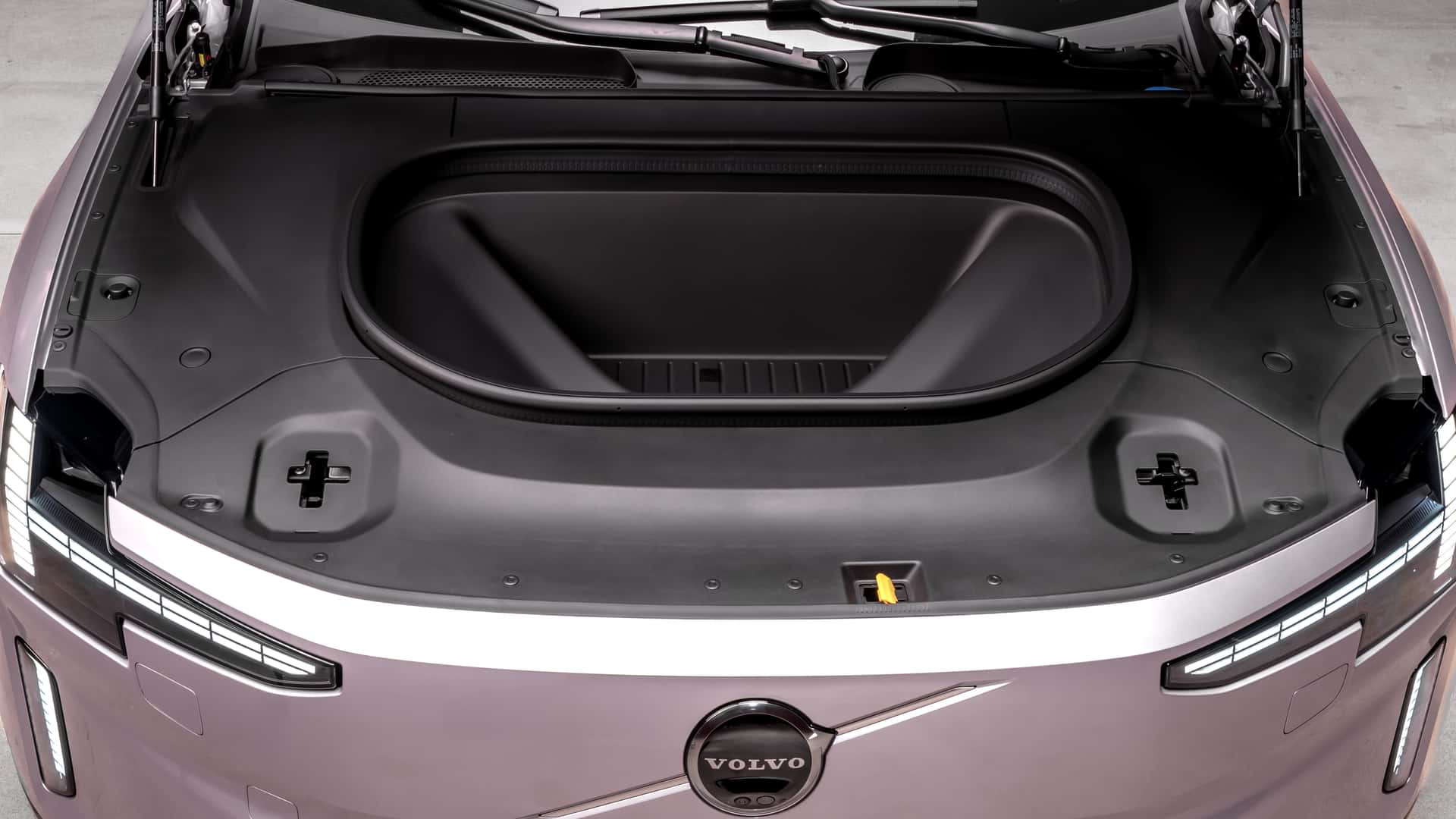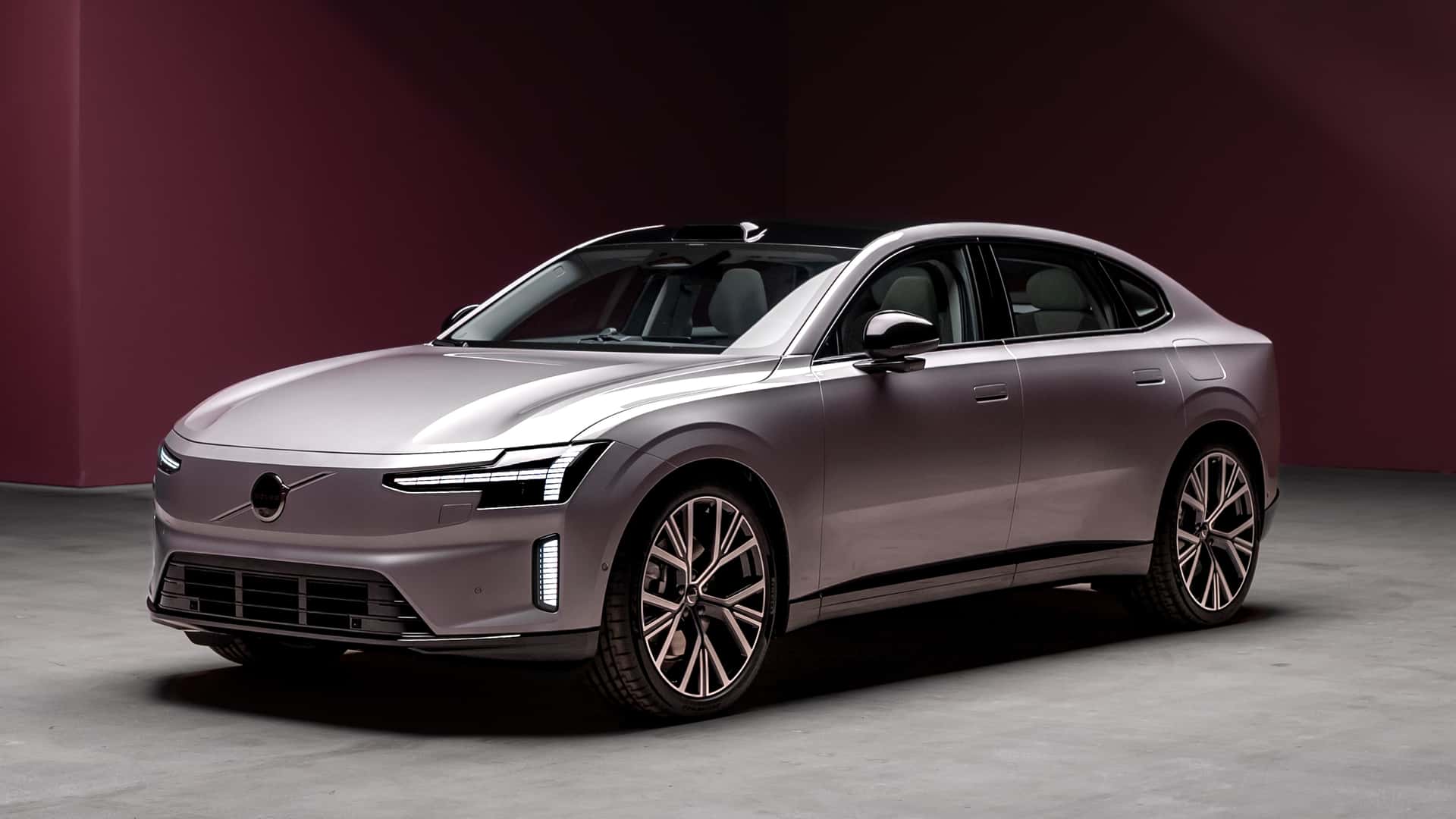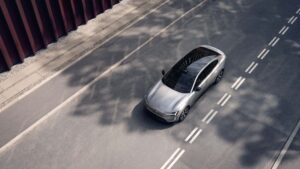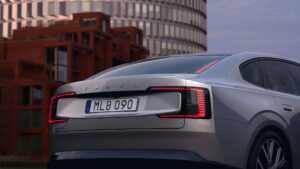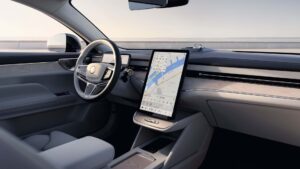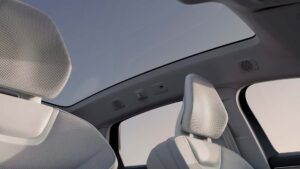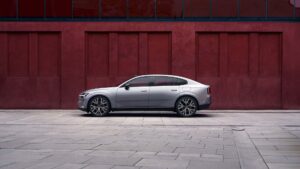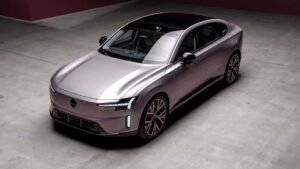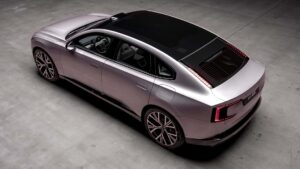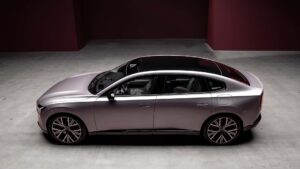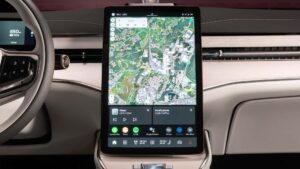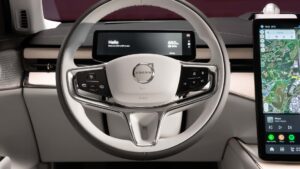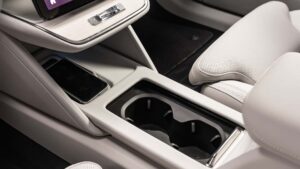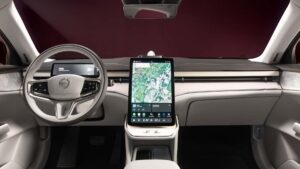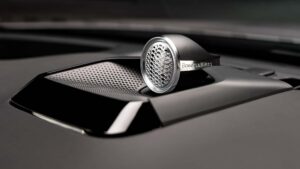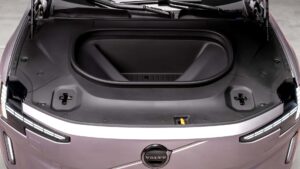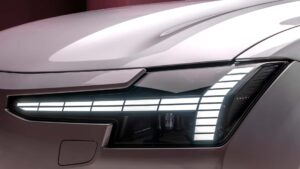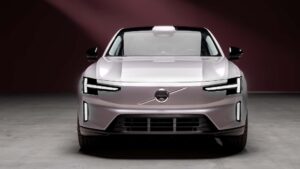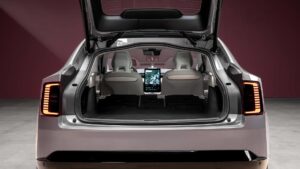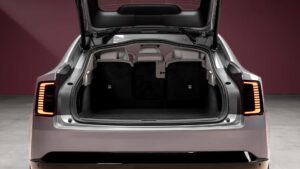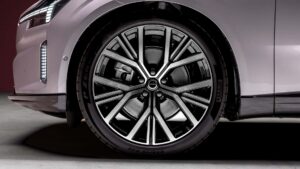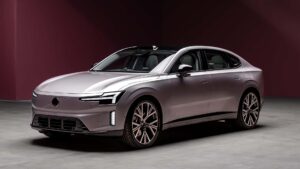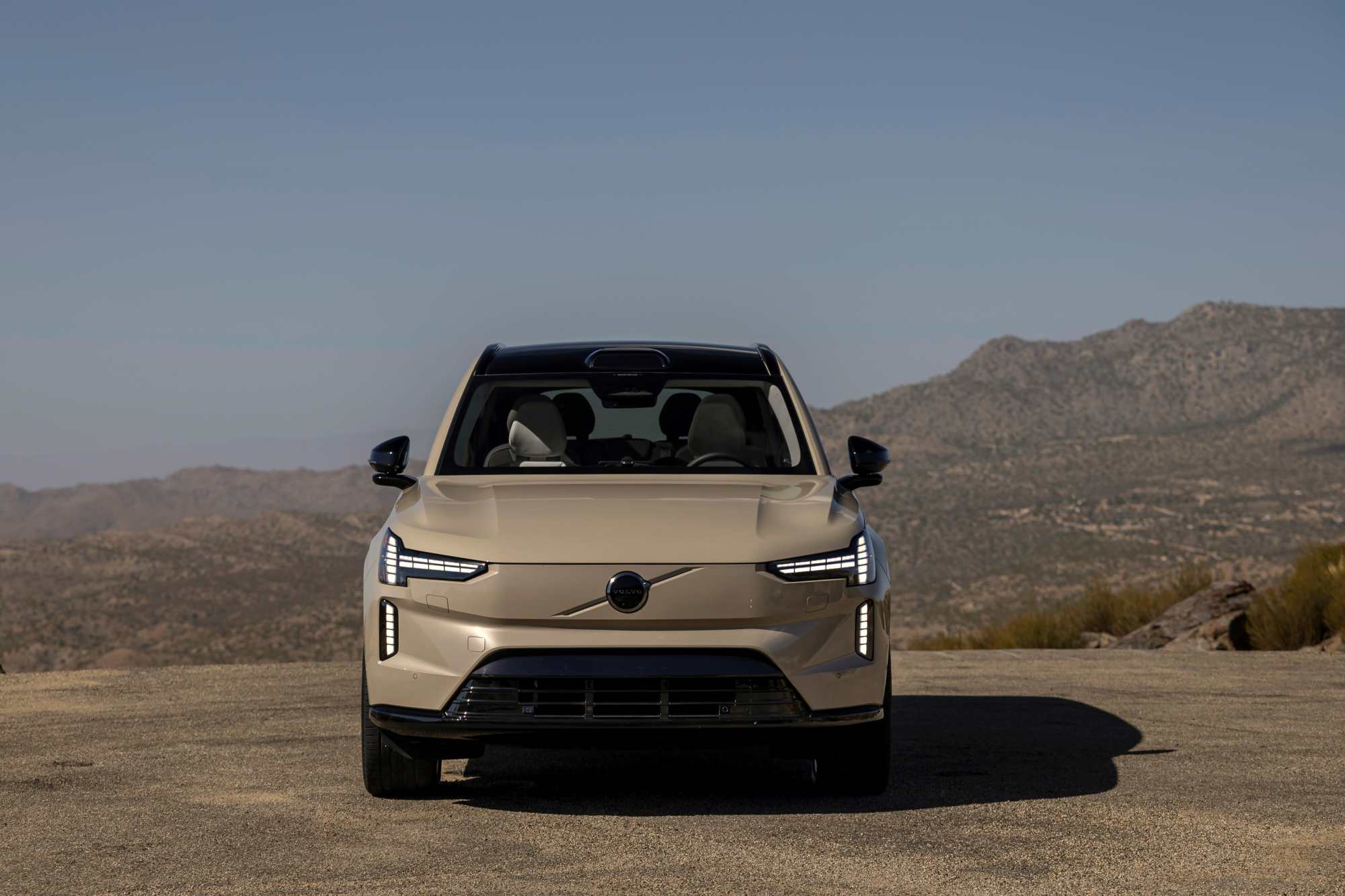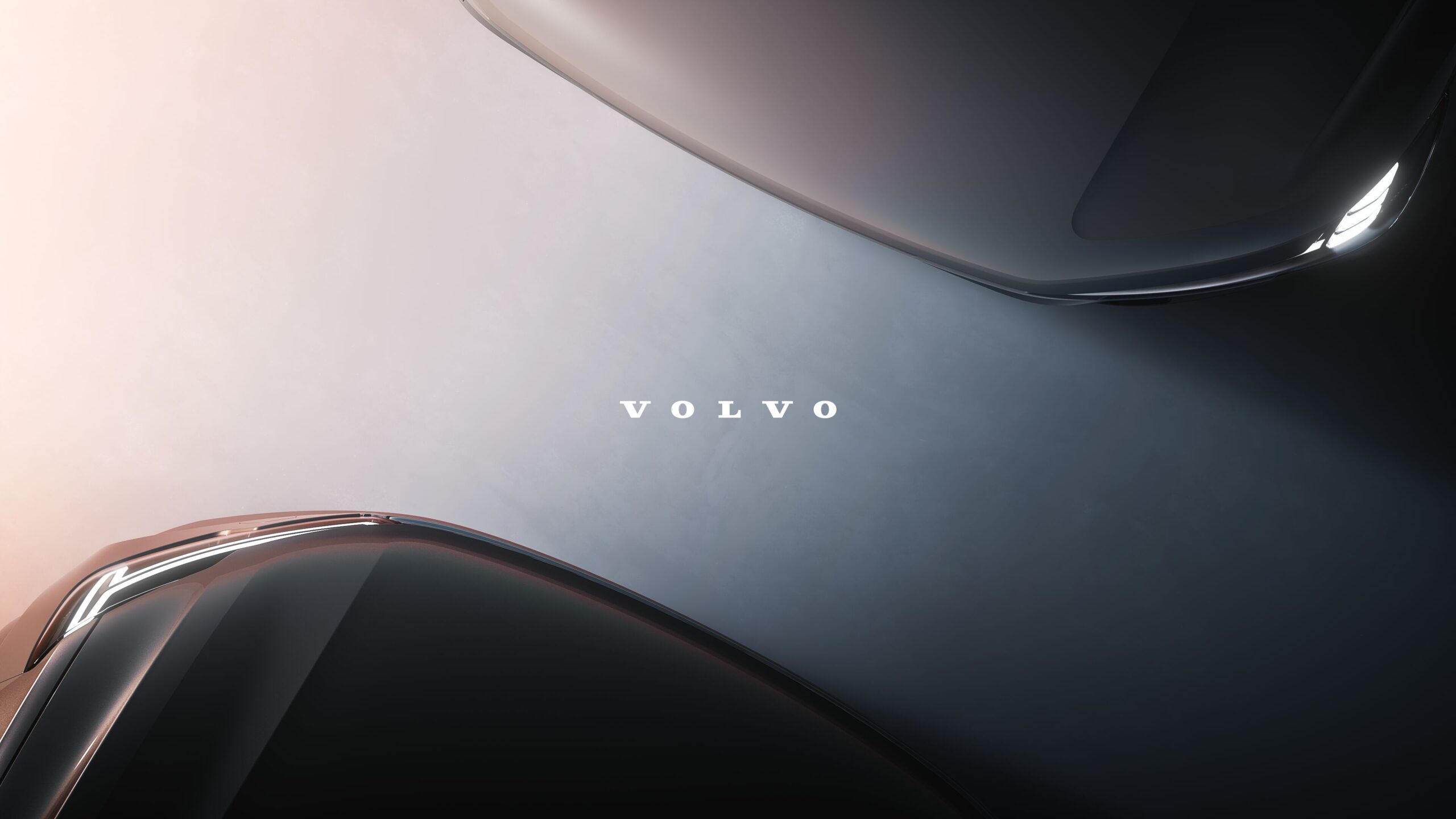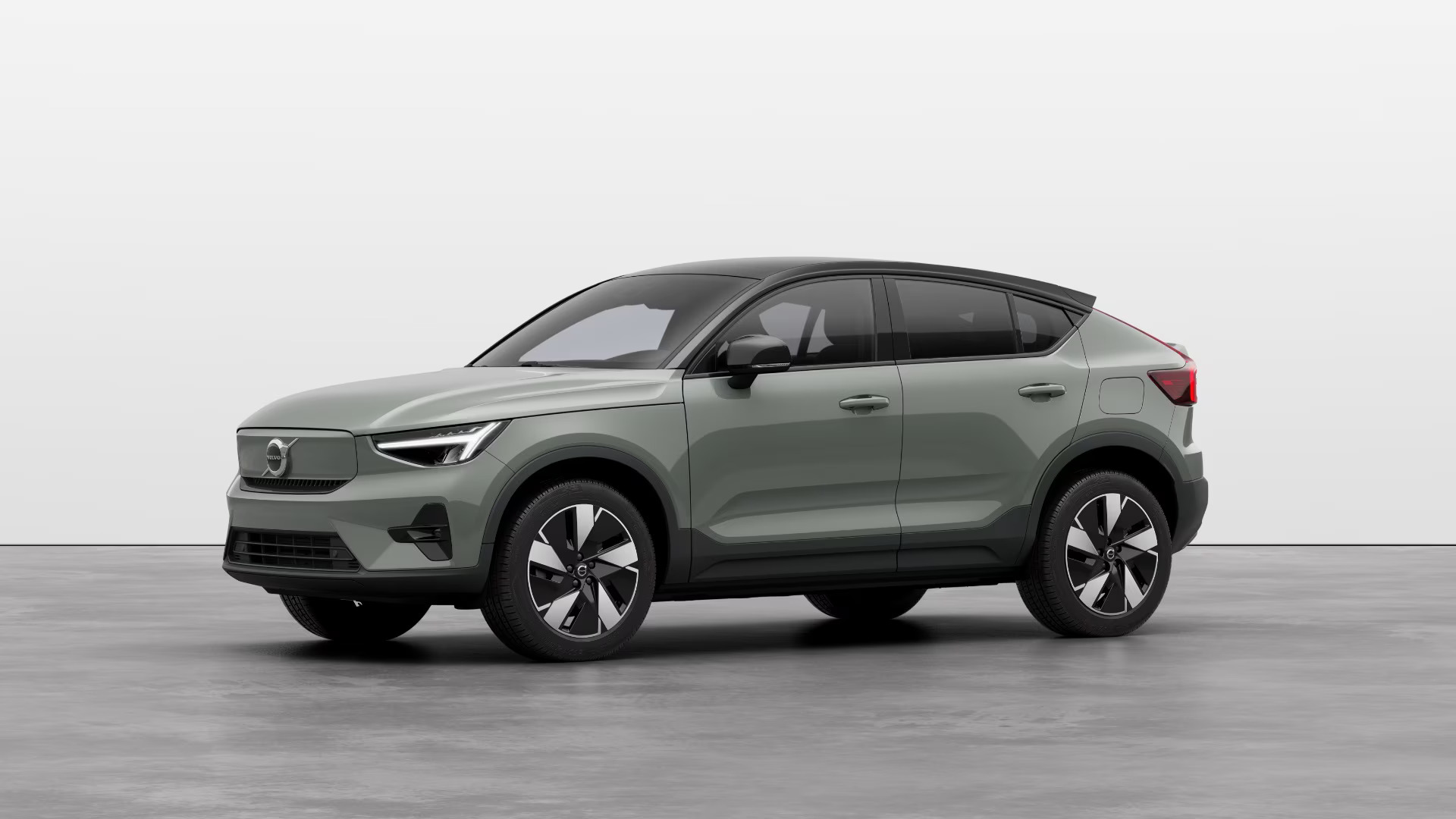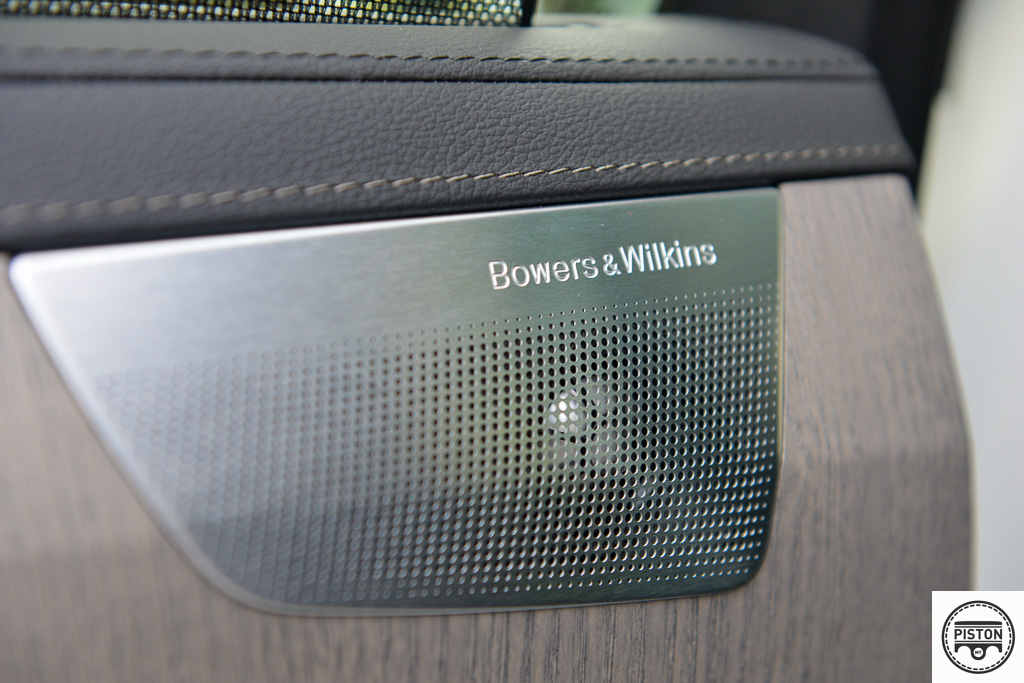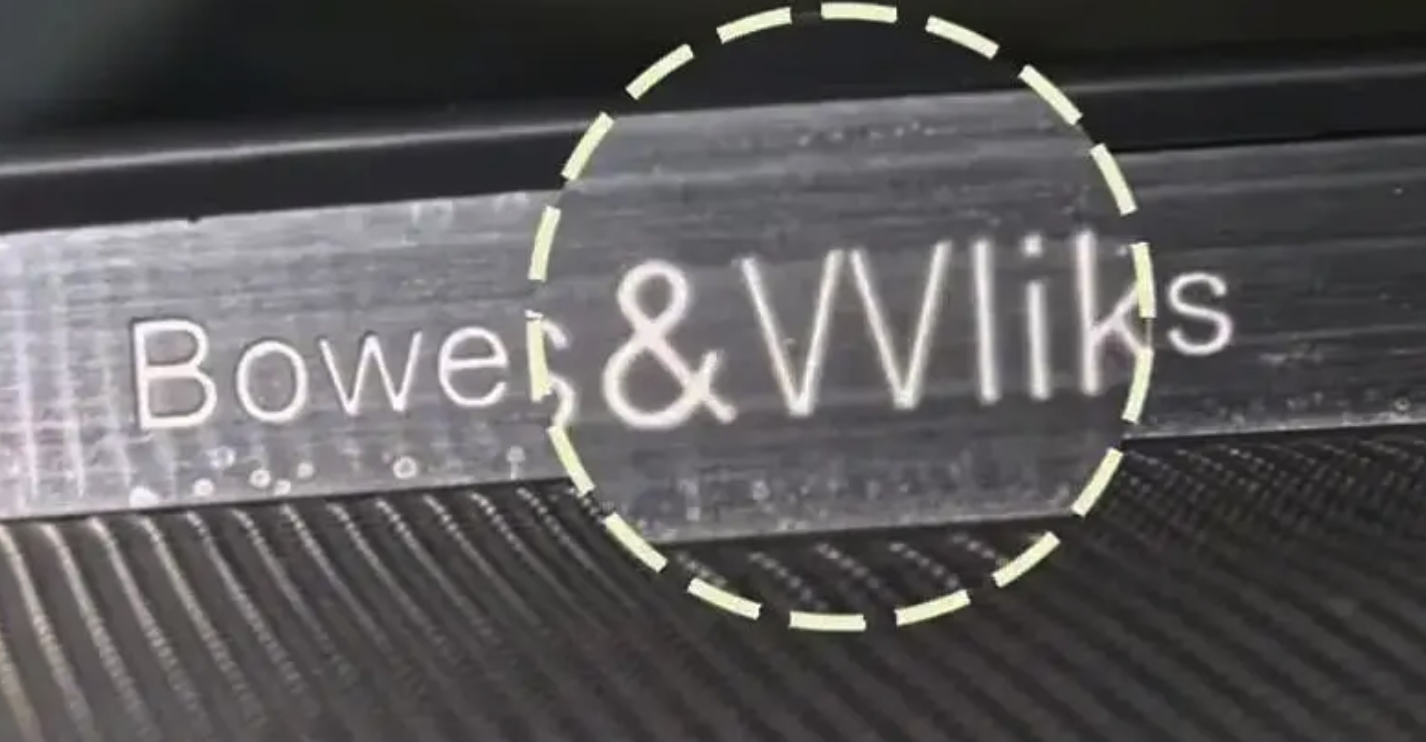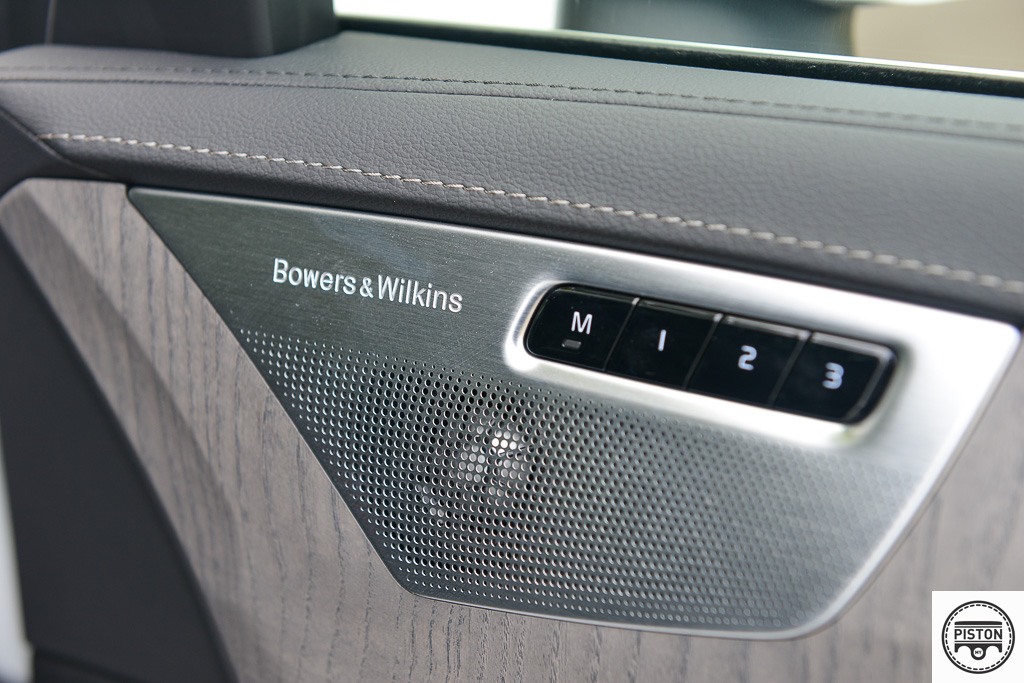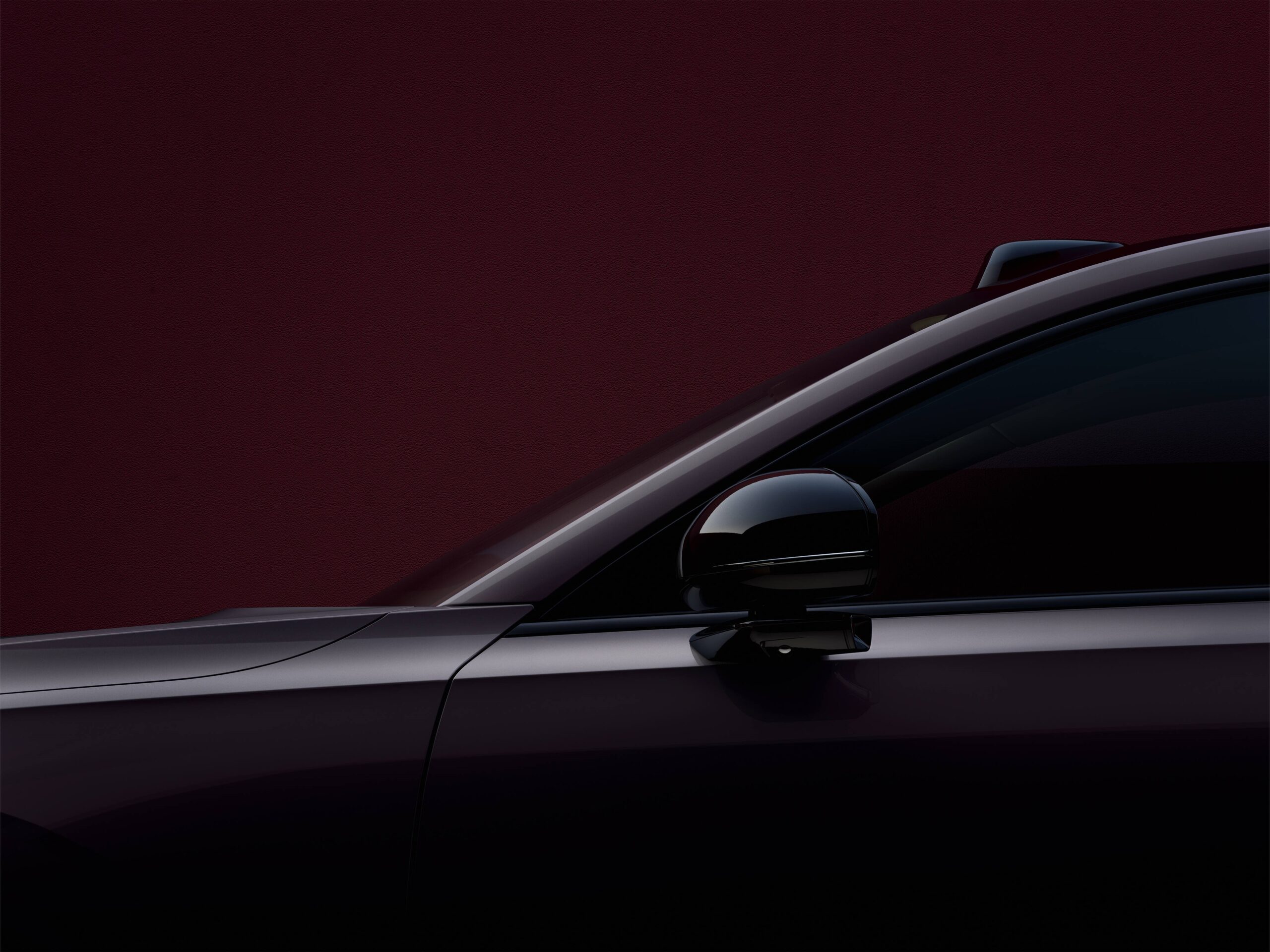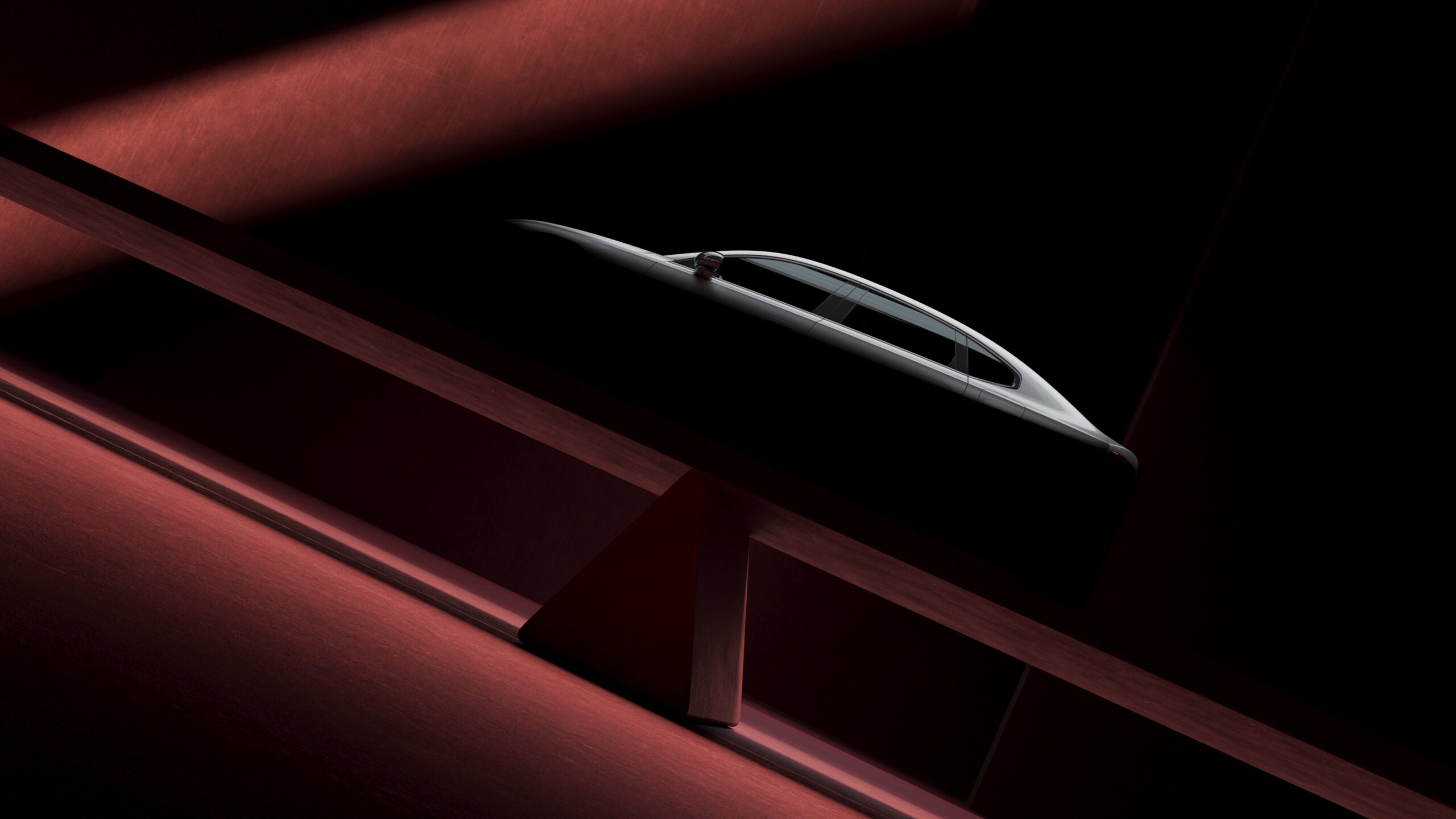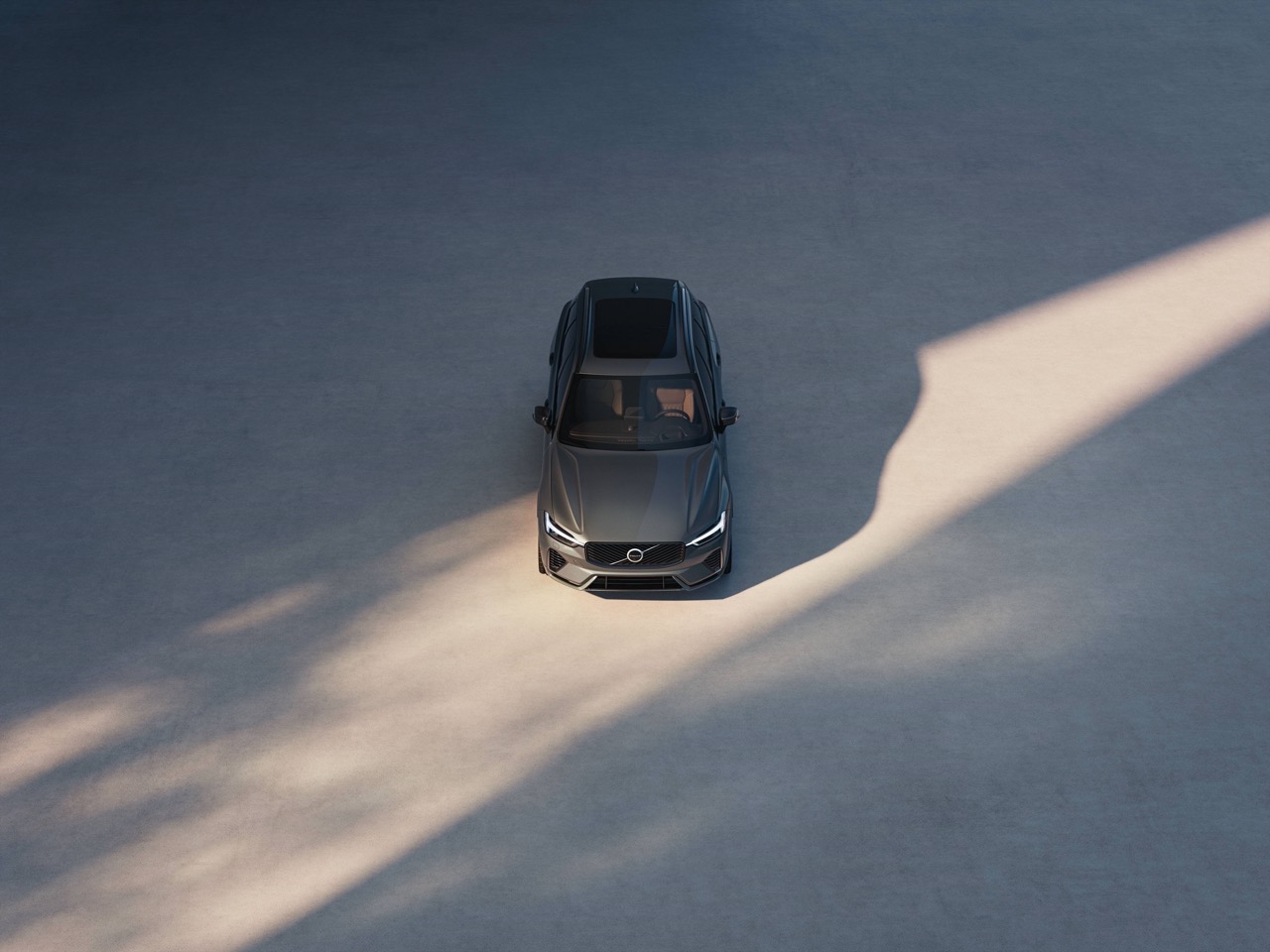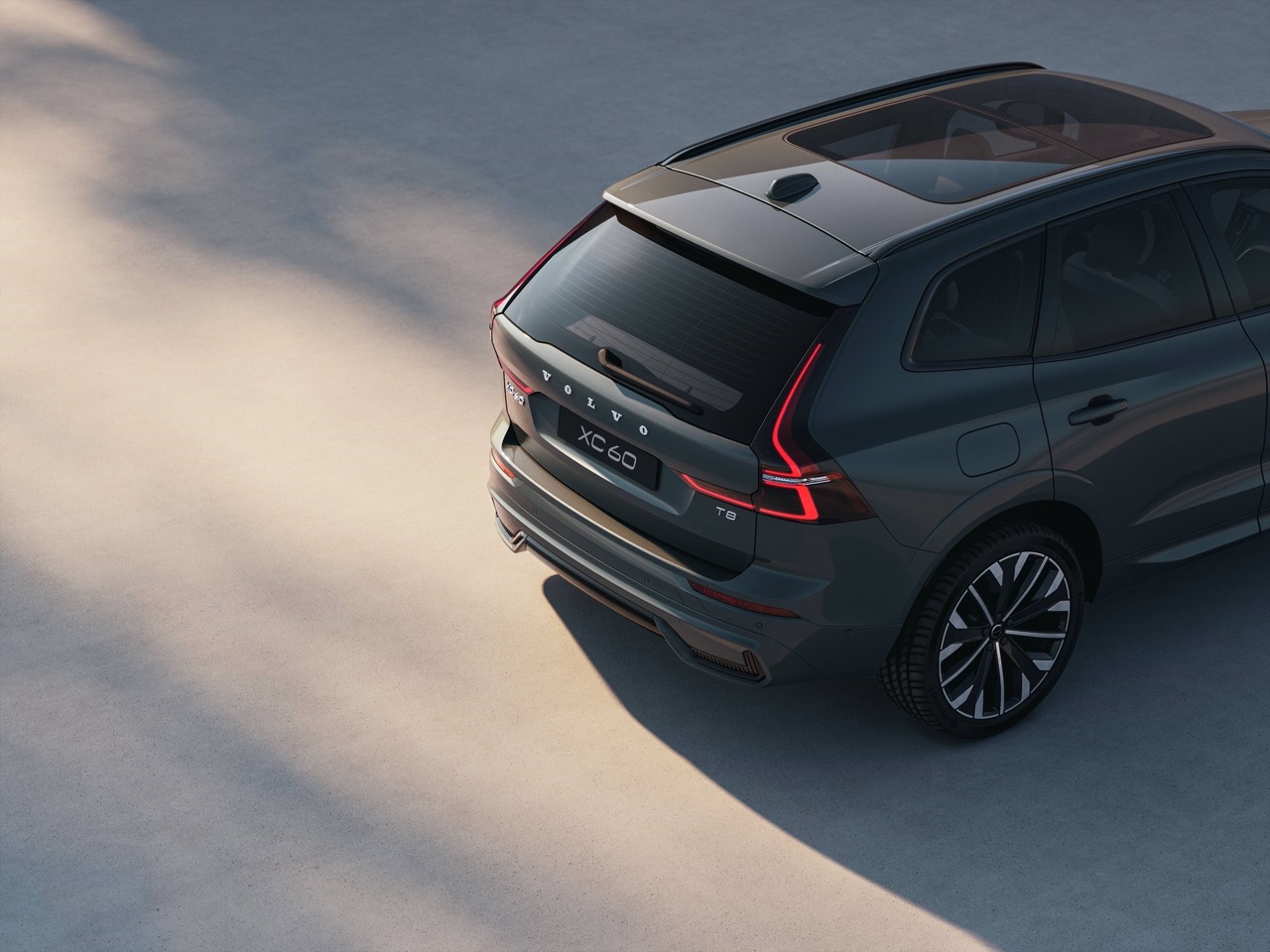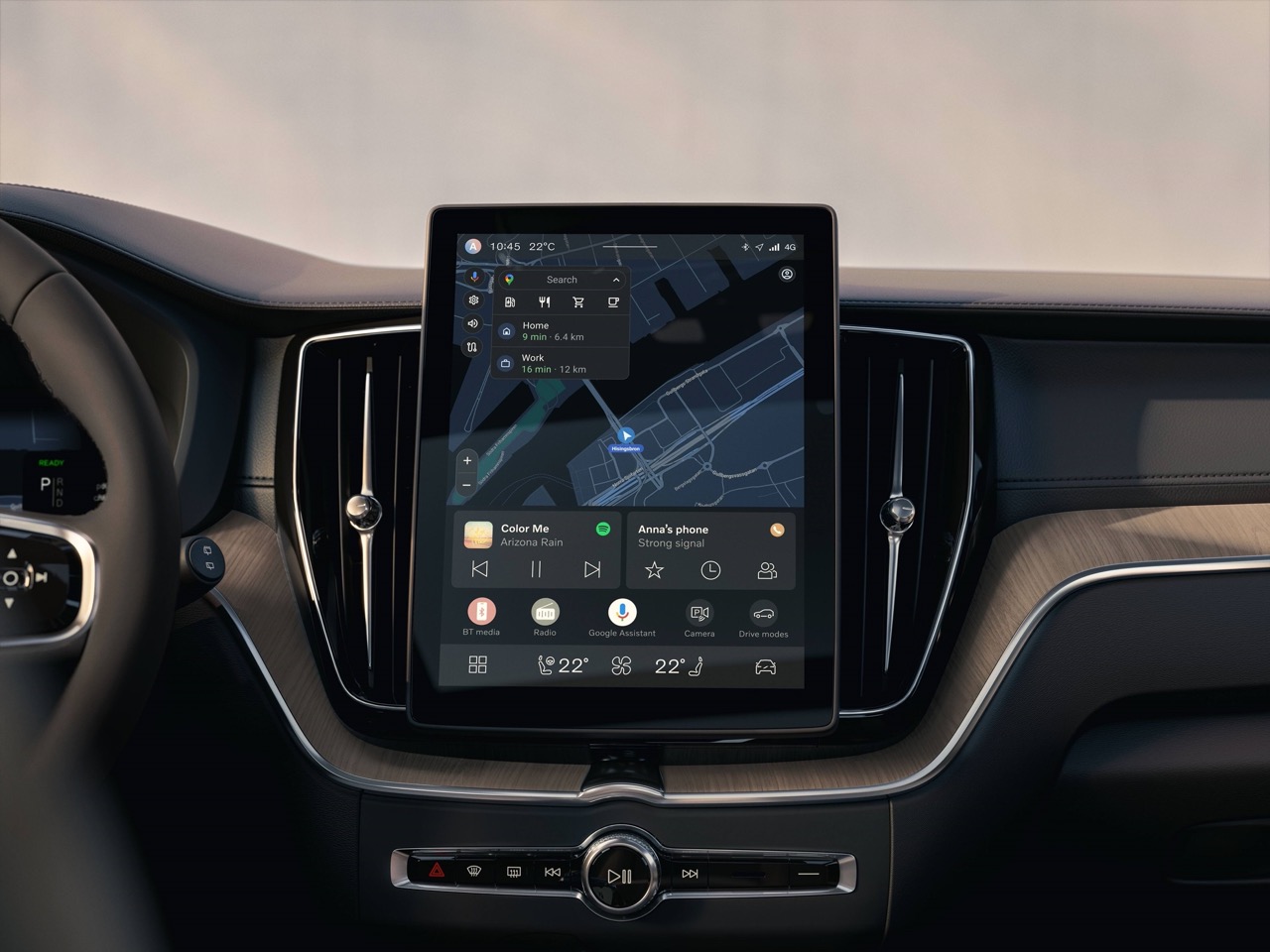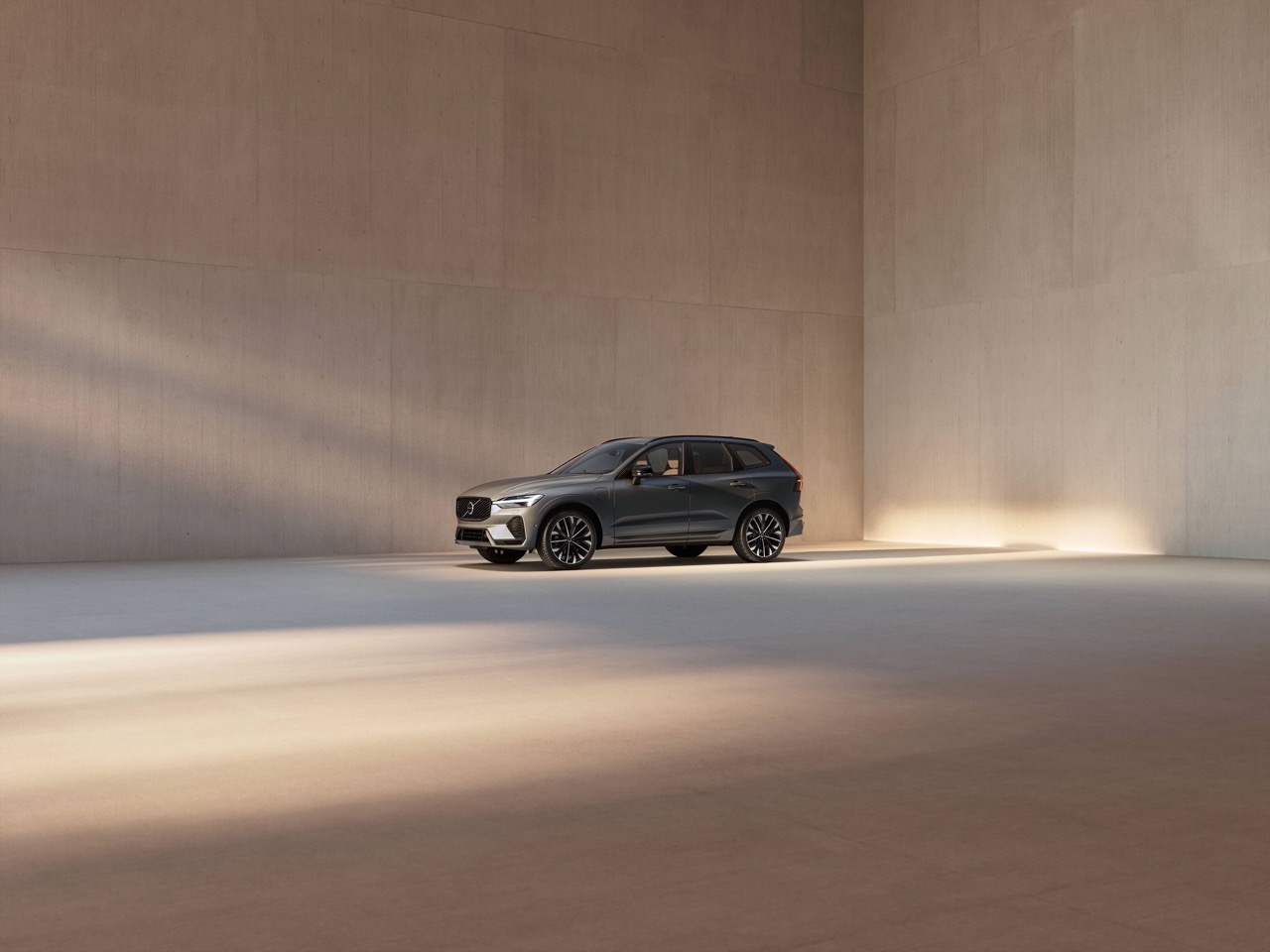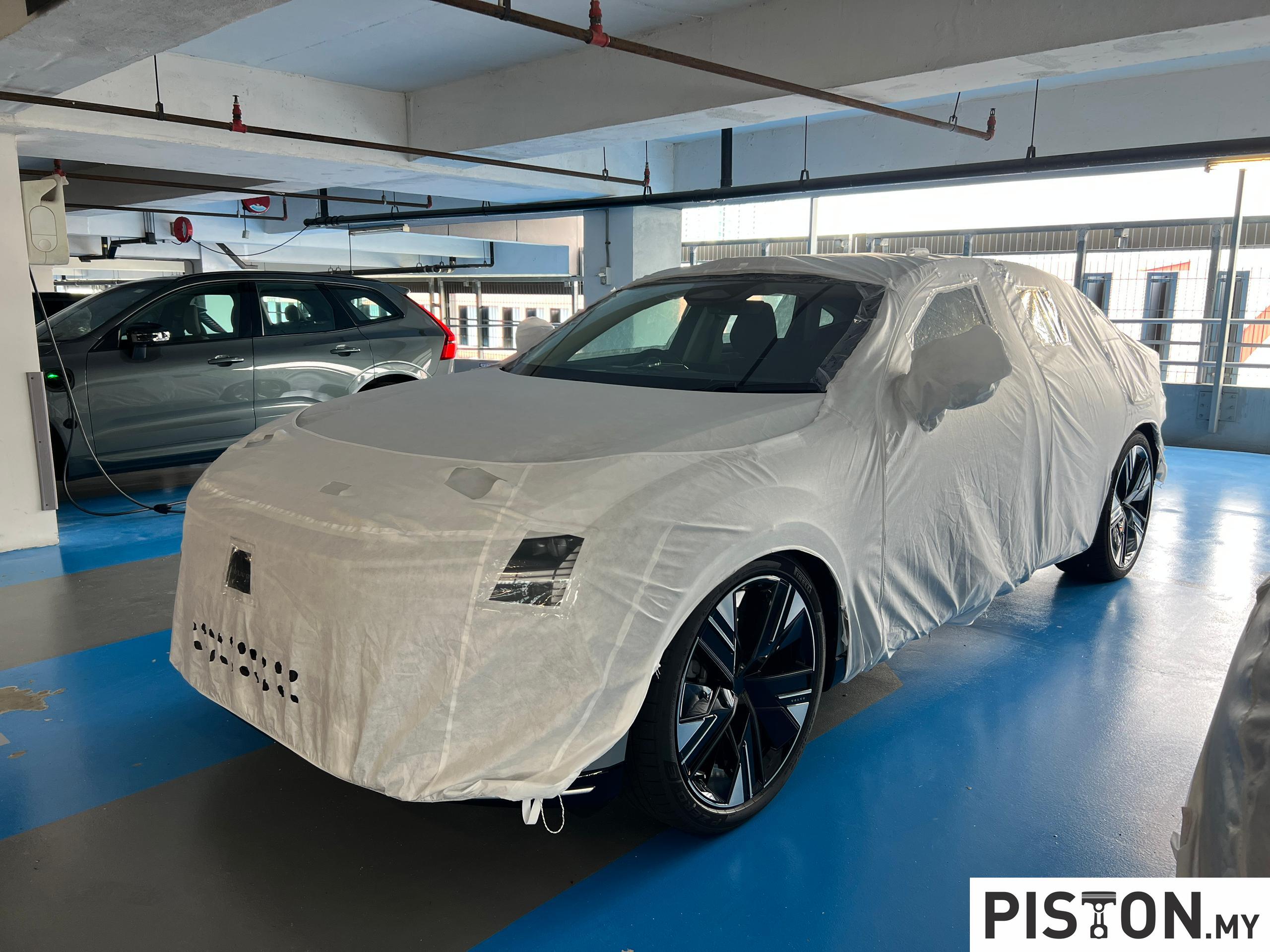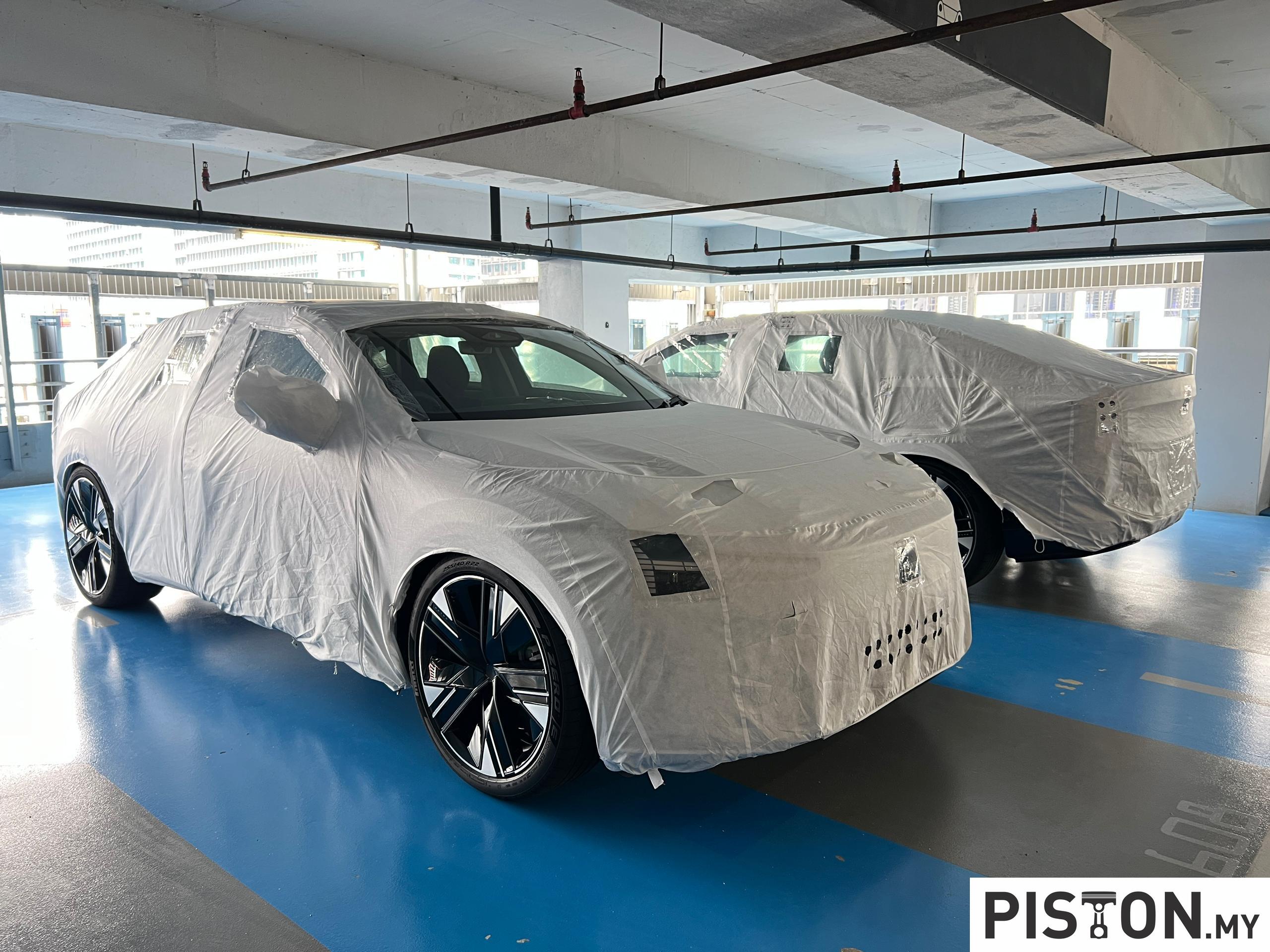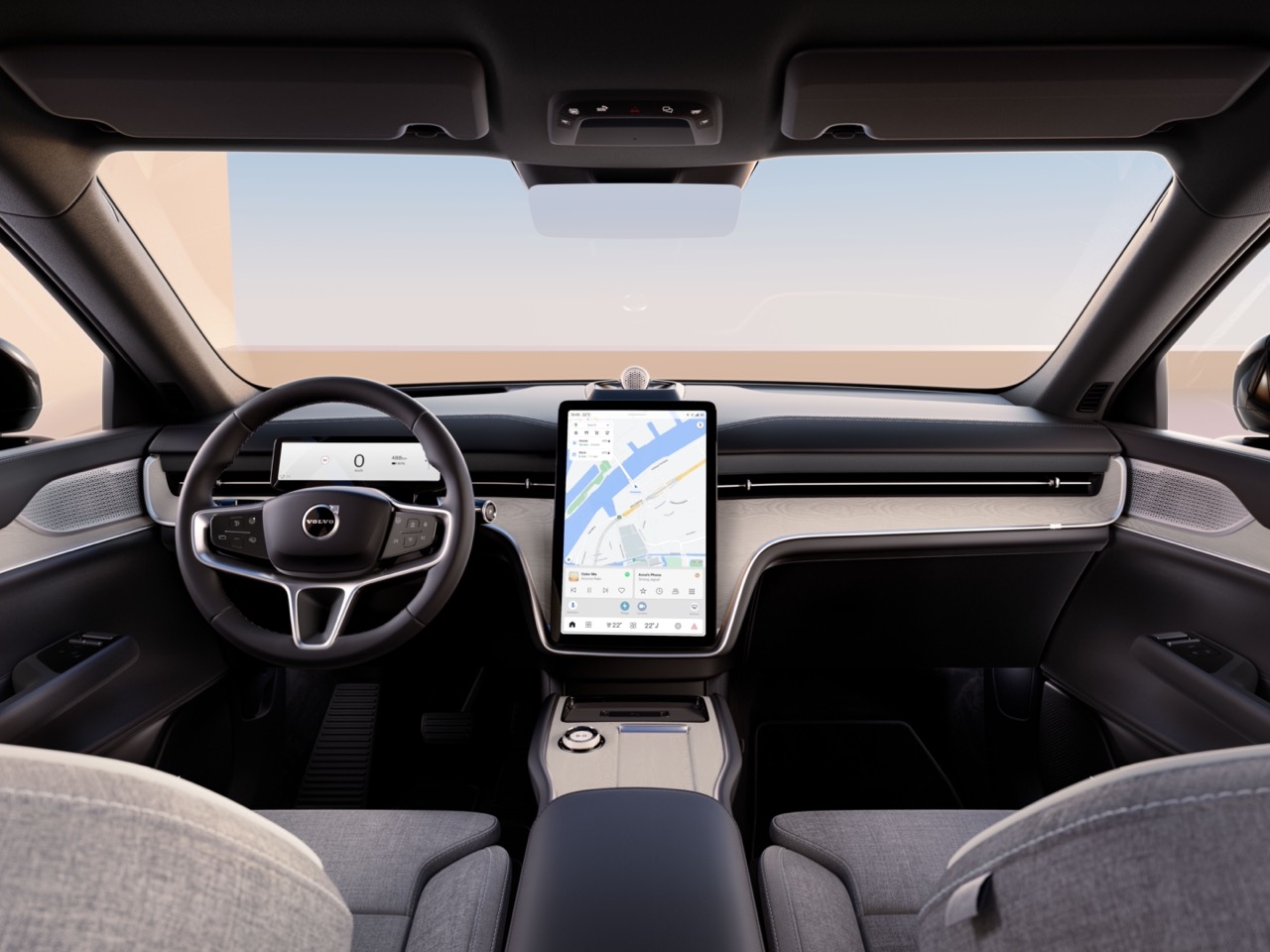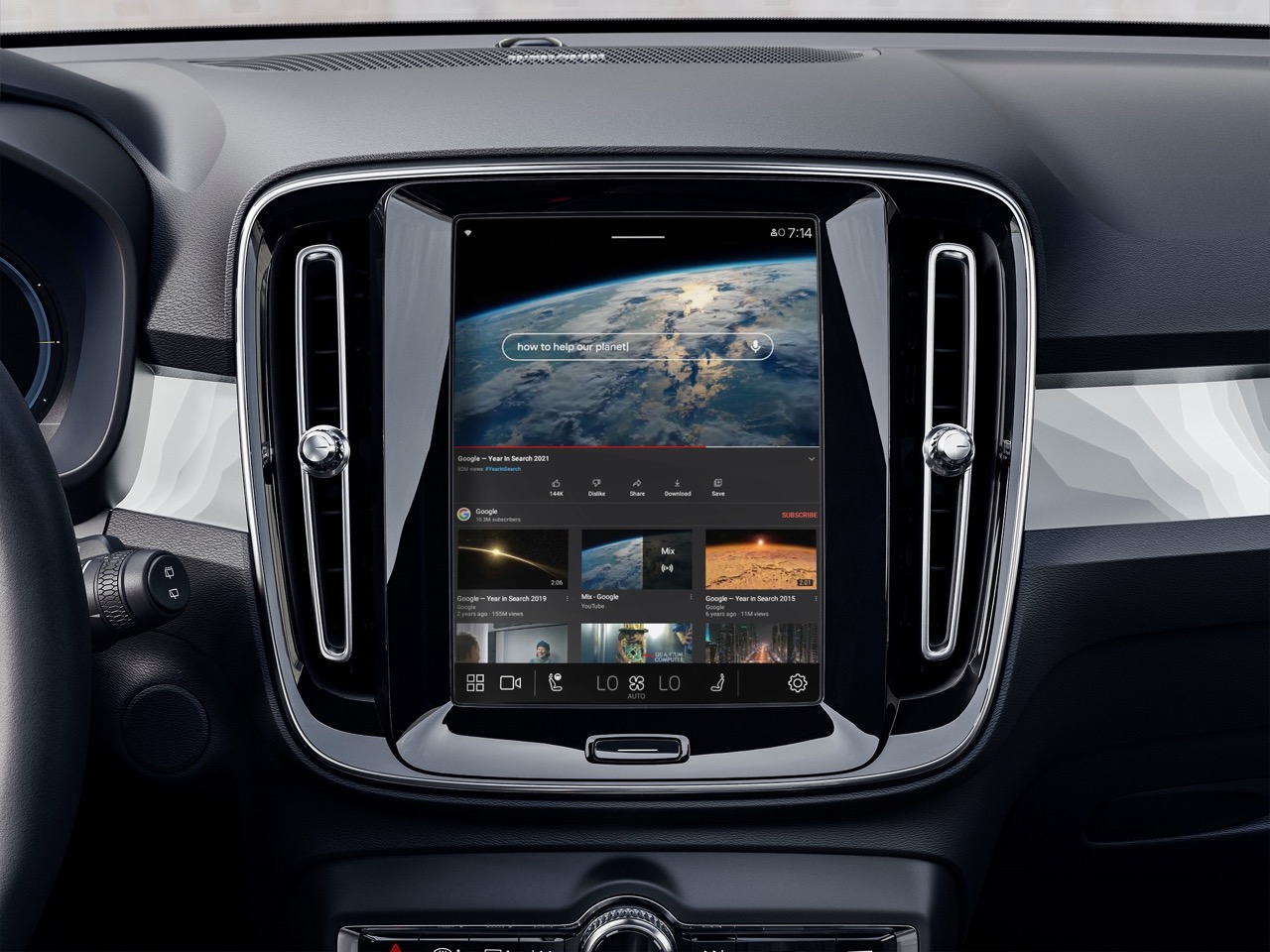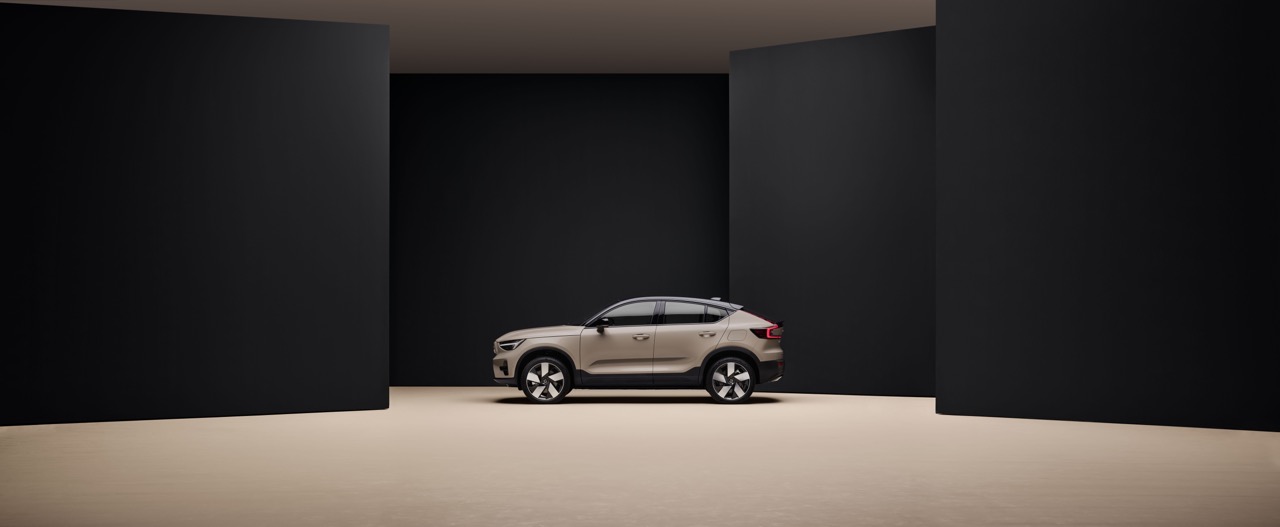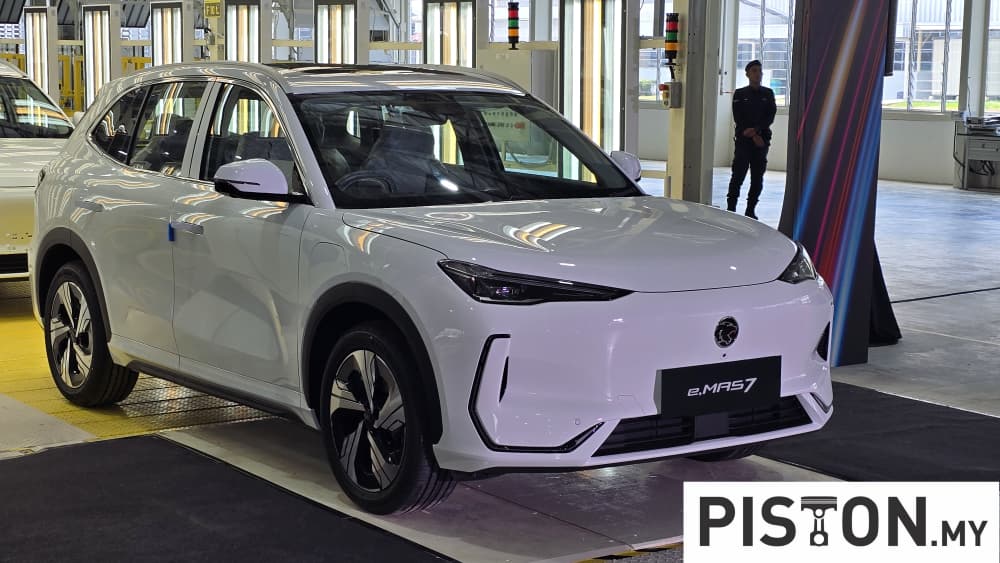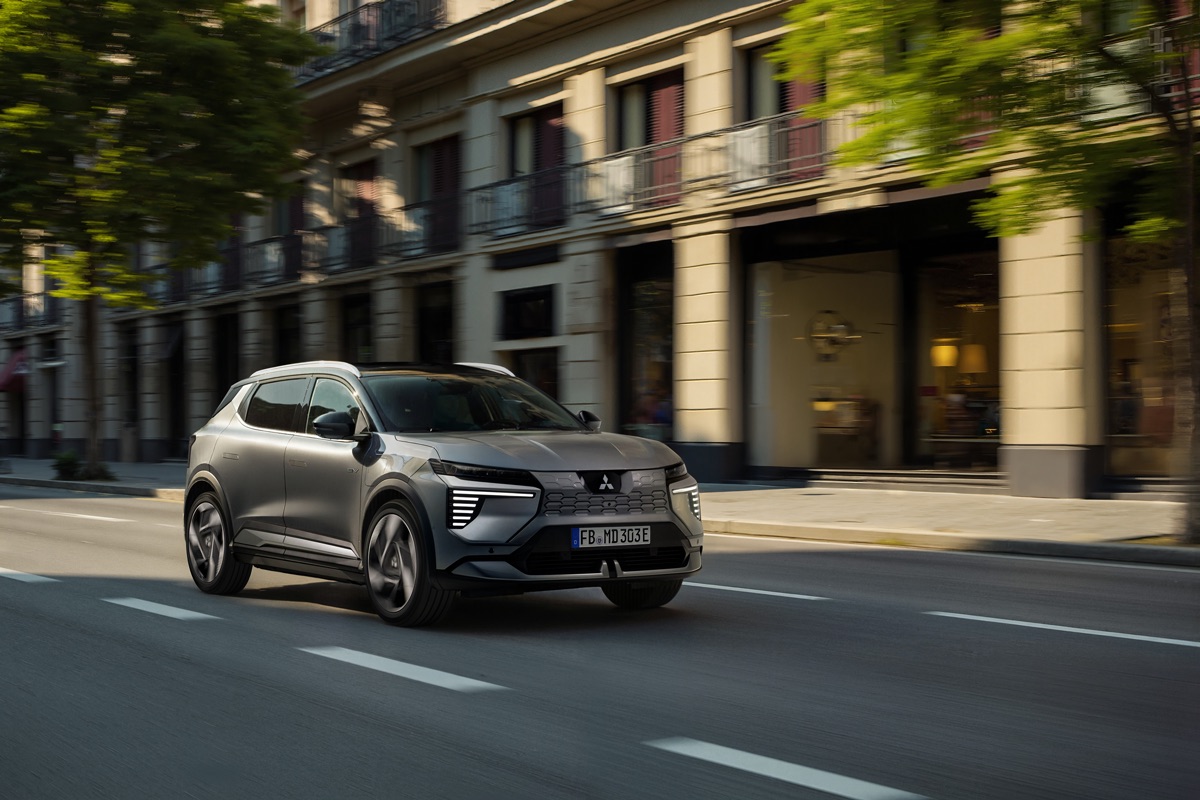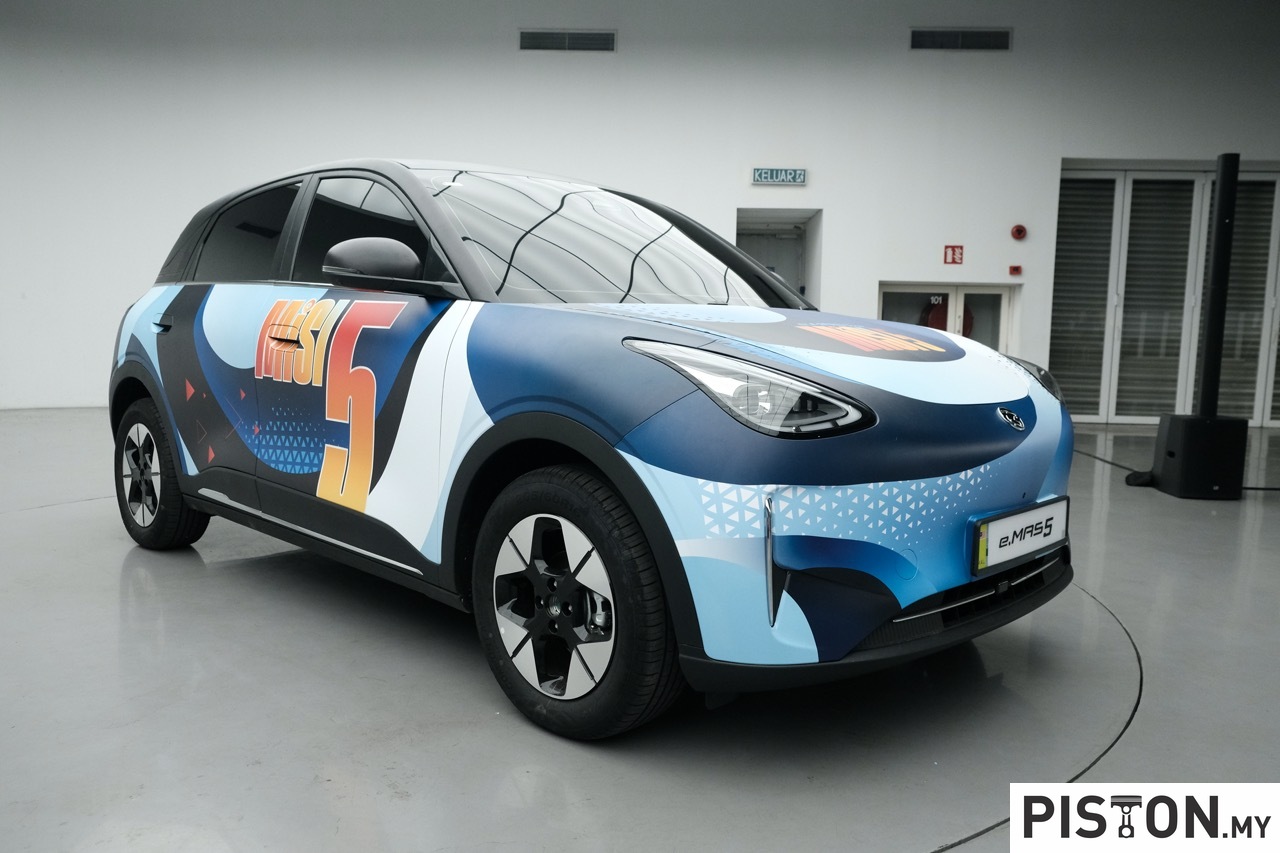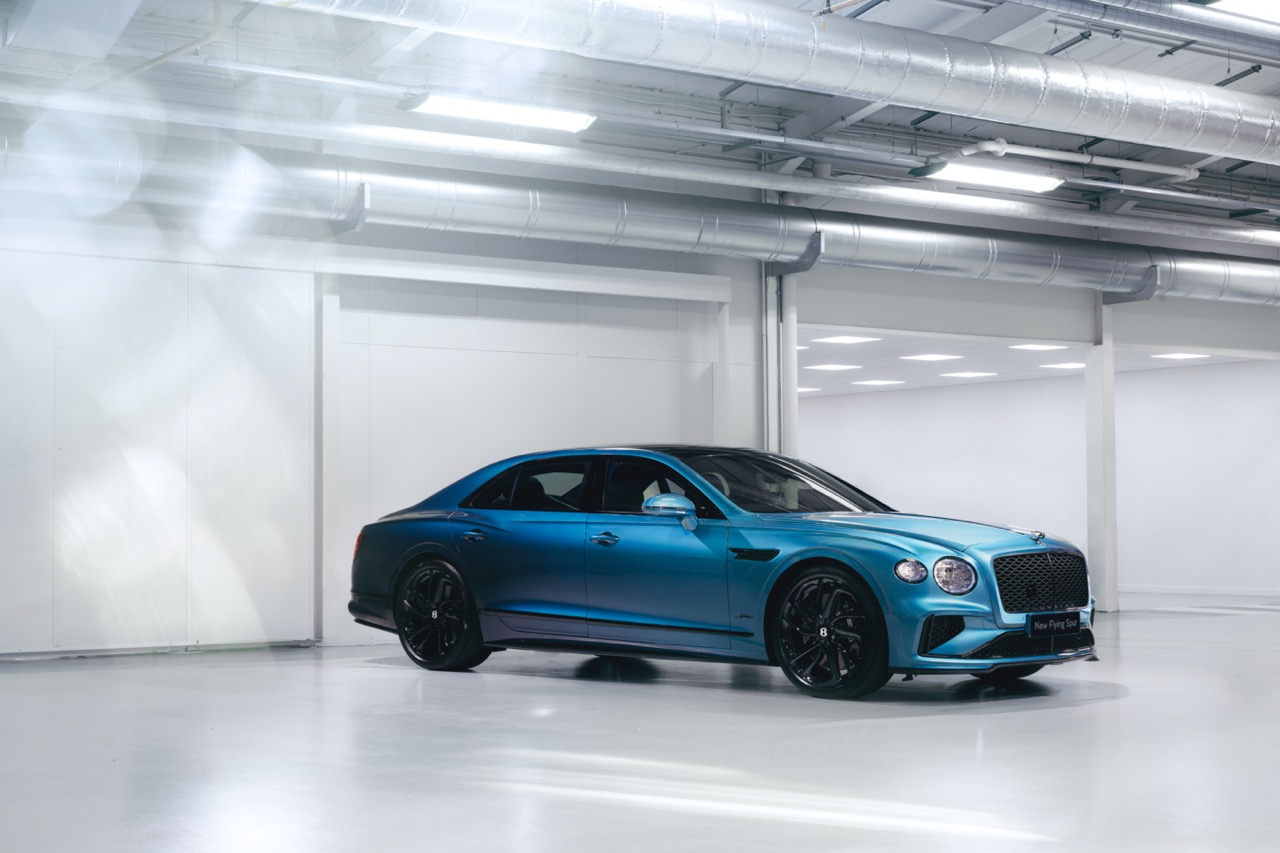Volvo has officially introduced the ES90, a new all-electric model that defies traditional vehicle categories. Neither sedan nor SUV, the ES90 stands in a class of its own, though its sleek, elevated design and generous ground clearance suggest strong crossover influences. Regardless of what you call it, Volvo sees the ES90 as a flagship model, sharing top-tier status alongside the EX90 SUV.
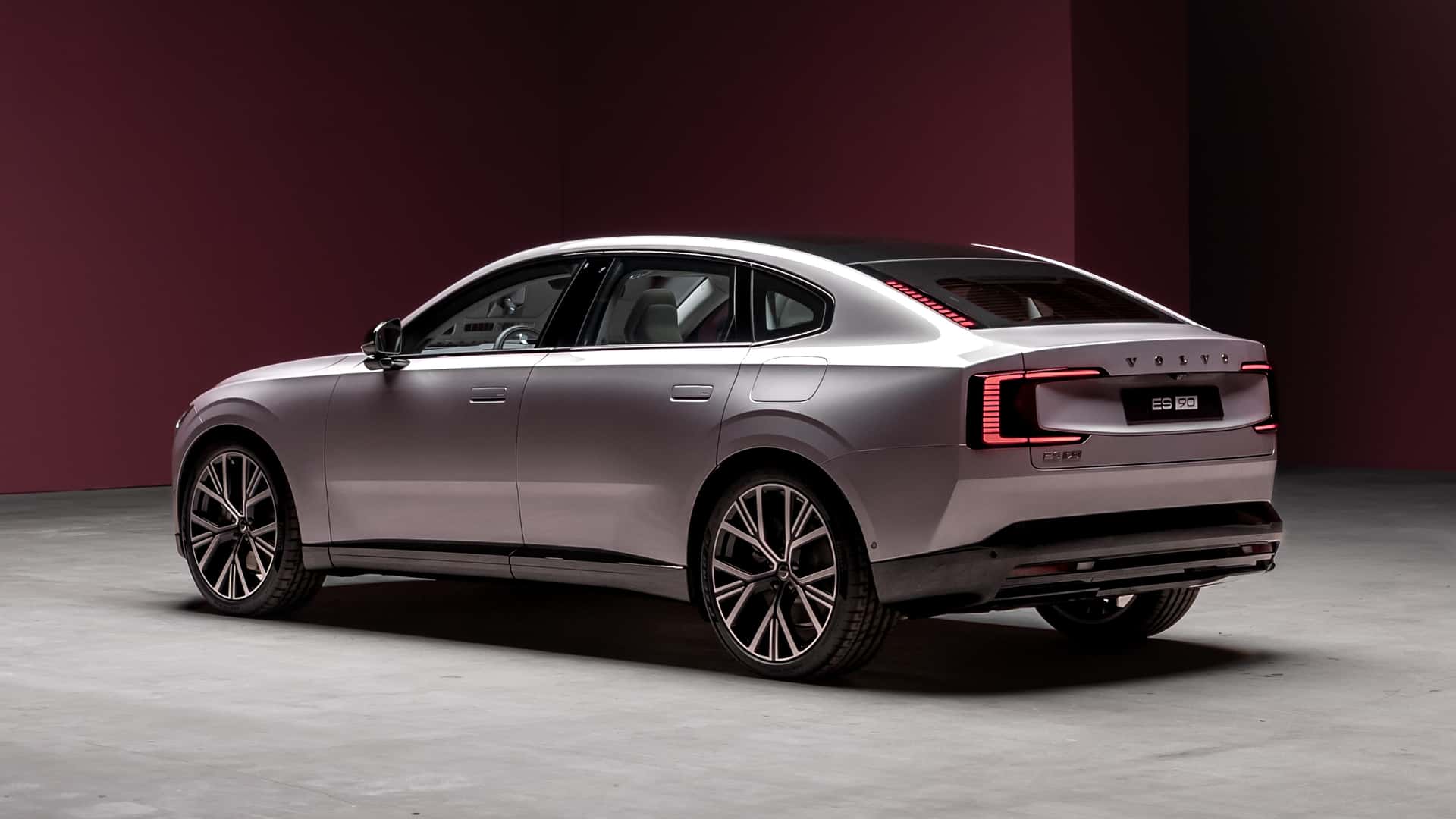
At first glance, the ES90 exudes familiar Volvo styling. The front is defined by signature “Thor’s Hammer” LED headlights, while vertical driving lamps and a minimalist grille complete the look. Around back, C-shaped taillights stretch into the sharply sloped rear glass of its hatchback design, which provides easy access to 733 litres of cargo space with the rear seats folded (or 495 liters with them upright), plus an additional 48-litre frunk.
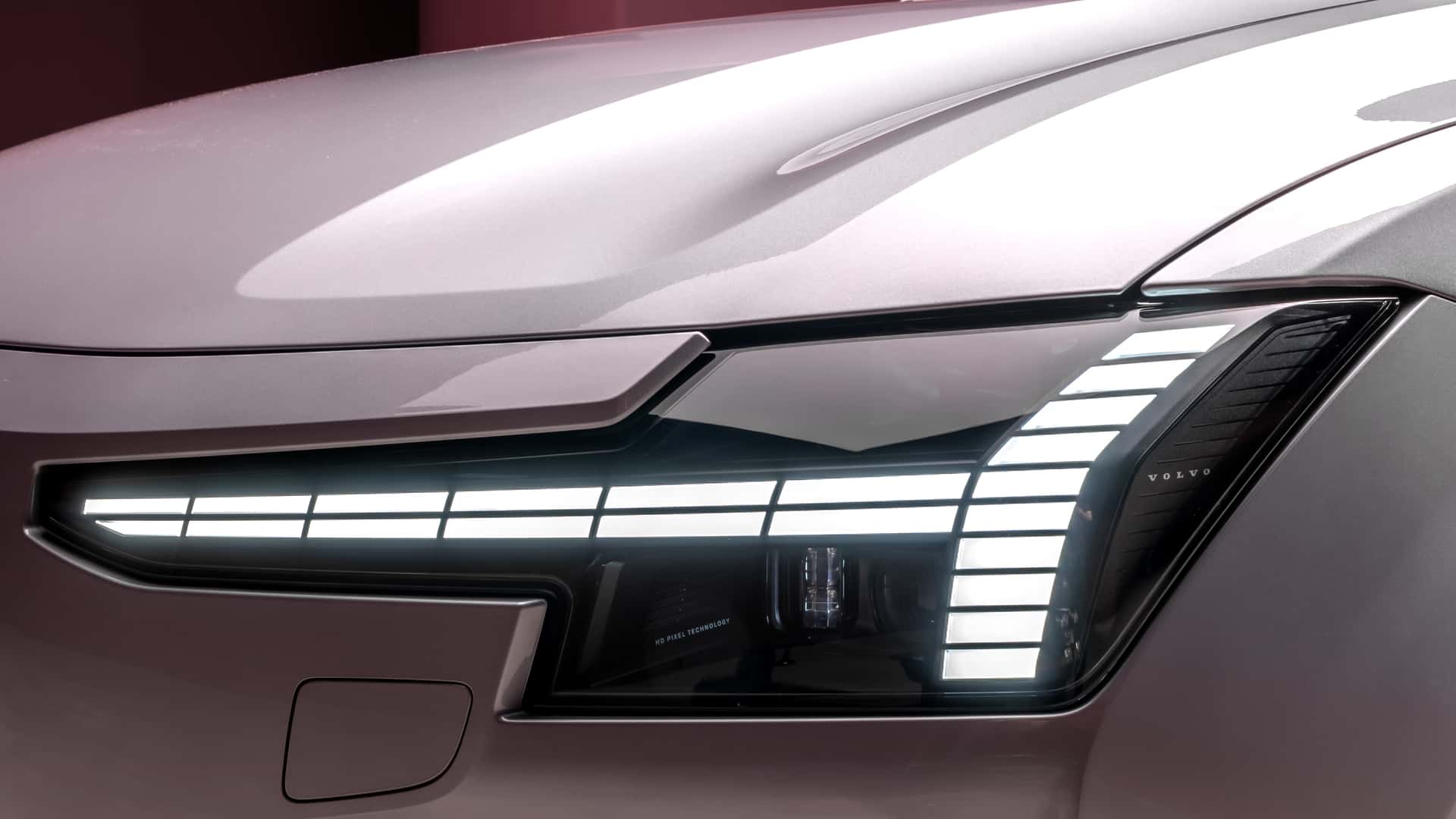
Built on the same SPA2 platform as the EX90, the ES90 is slightly longer in wheelbase (310 cm) but shorter overall at 5 meters. With 20.3 cm of ground clearance and a total width of 212 cm, it strikes a balanced profile between sportiness and practicality. Inside, the focus is on spaciousness, offering 10.7 cm of knee clearance and 96 cm of rear headroom for passengers.
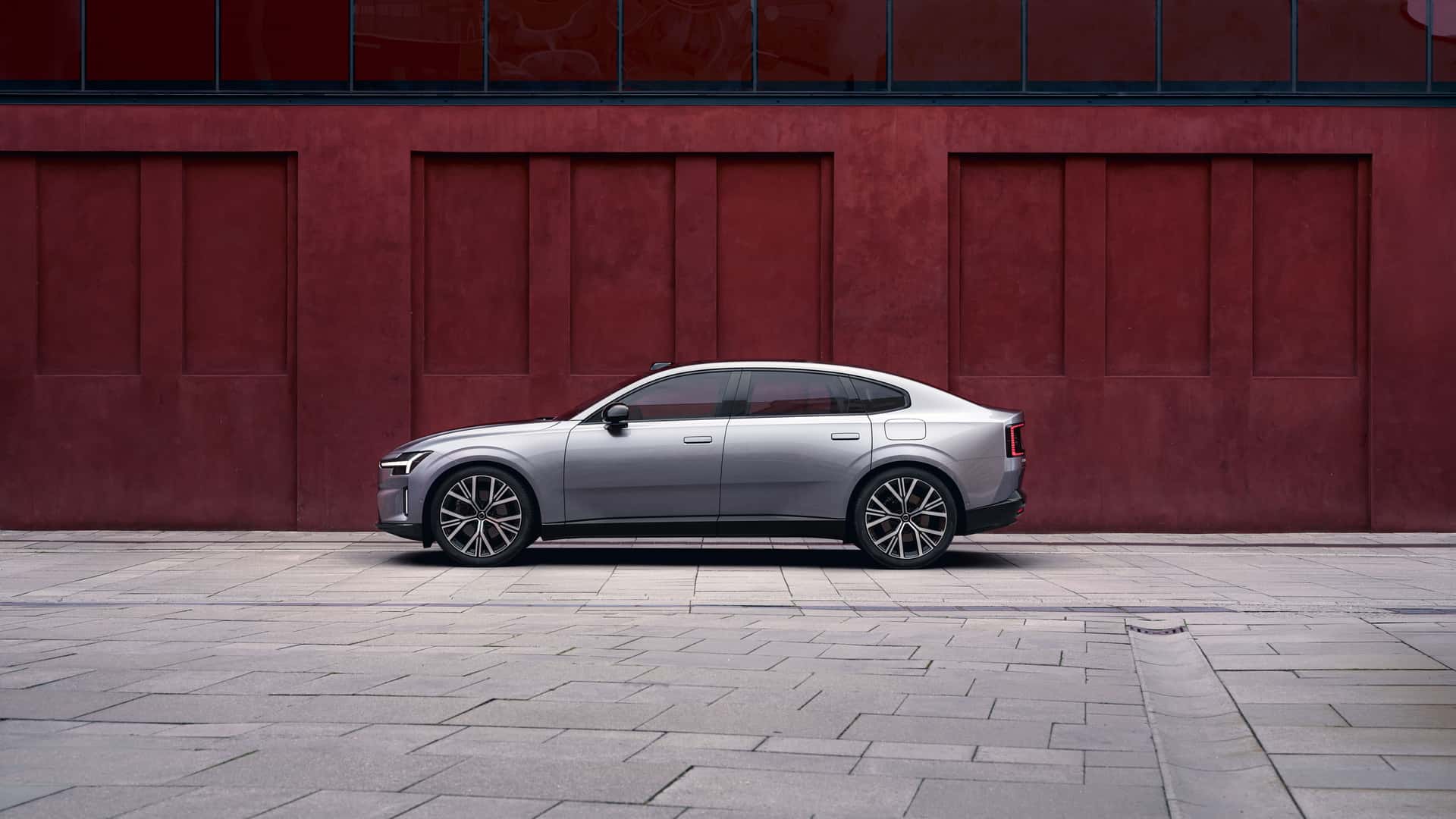
The ES90’s interior reflects Volvo’s commitment to minimalism and technology. The centerpiece is a 14.5-inch portrait touchscreen that controls nearly every function, from the four-zone climate system to the premium 25-speaker Bowers & Wilkins sound system. A slim 9.0-inch digital driver display is mounted ahead of the steering wheel, supported by a head-up display for vital driving information. Beyond a few physical controls on the steering wheel and doors, the cabin is fully digital, with seamless Google integration built-in.
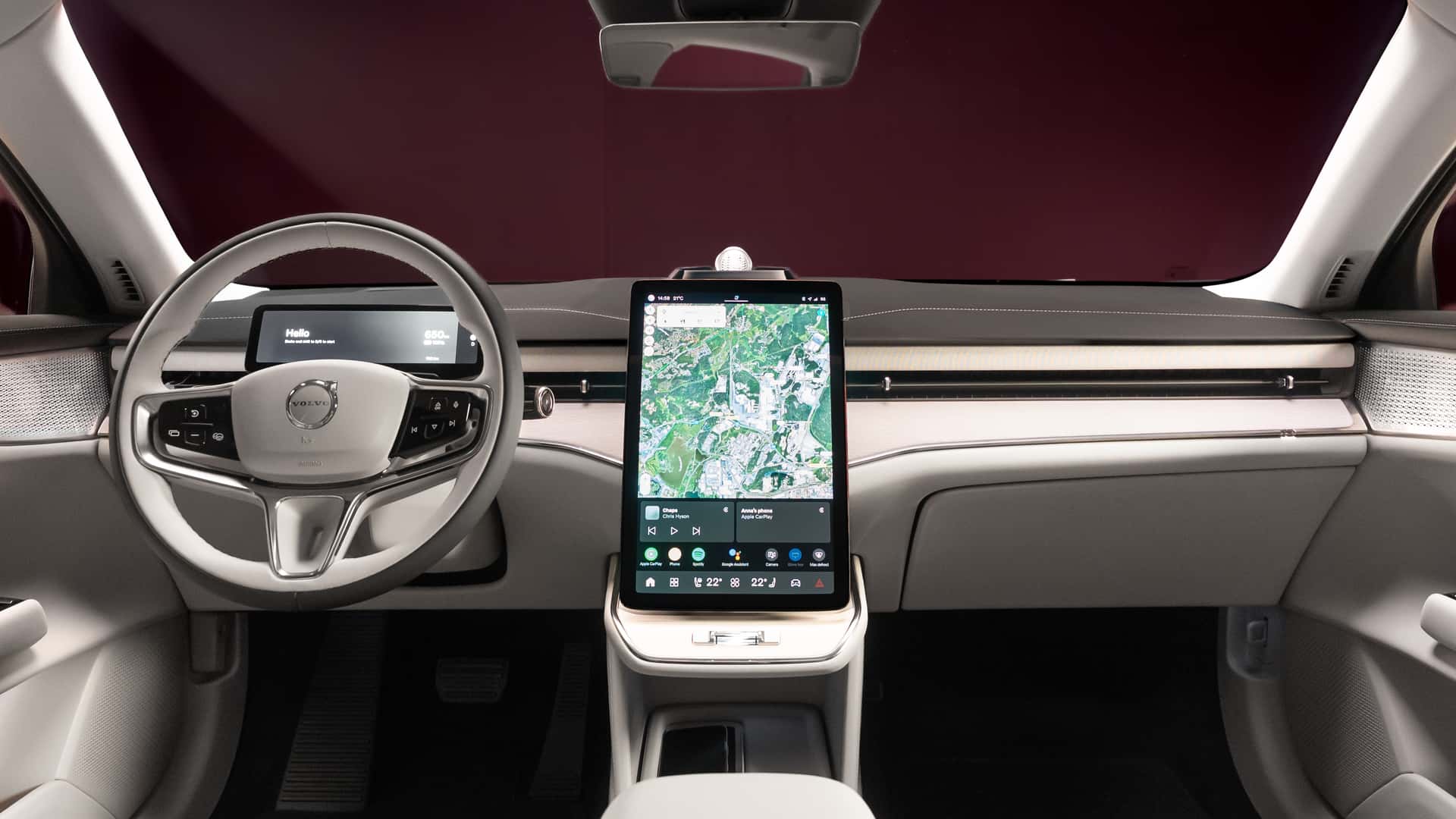
While the ES90 impresses with performance, Volvo emphasizes its computing power just as much. Using dual Nvidia Drive AGX Orin processors, the ES90 can handle over 500 trillion operations per second, supporting advanced safety systems, AI features, and over-the-air updates.
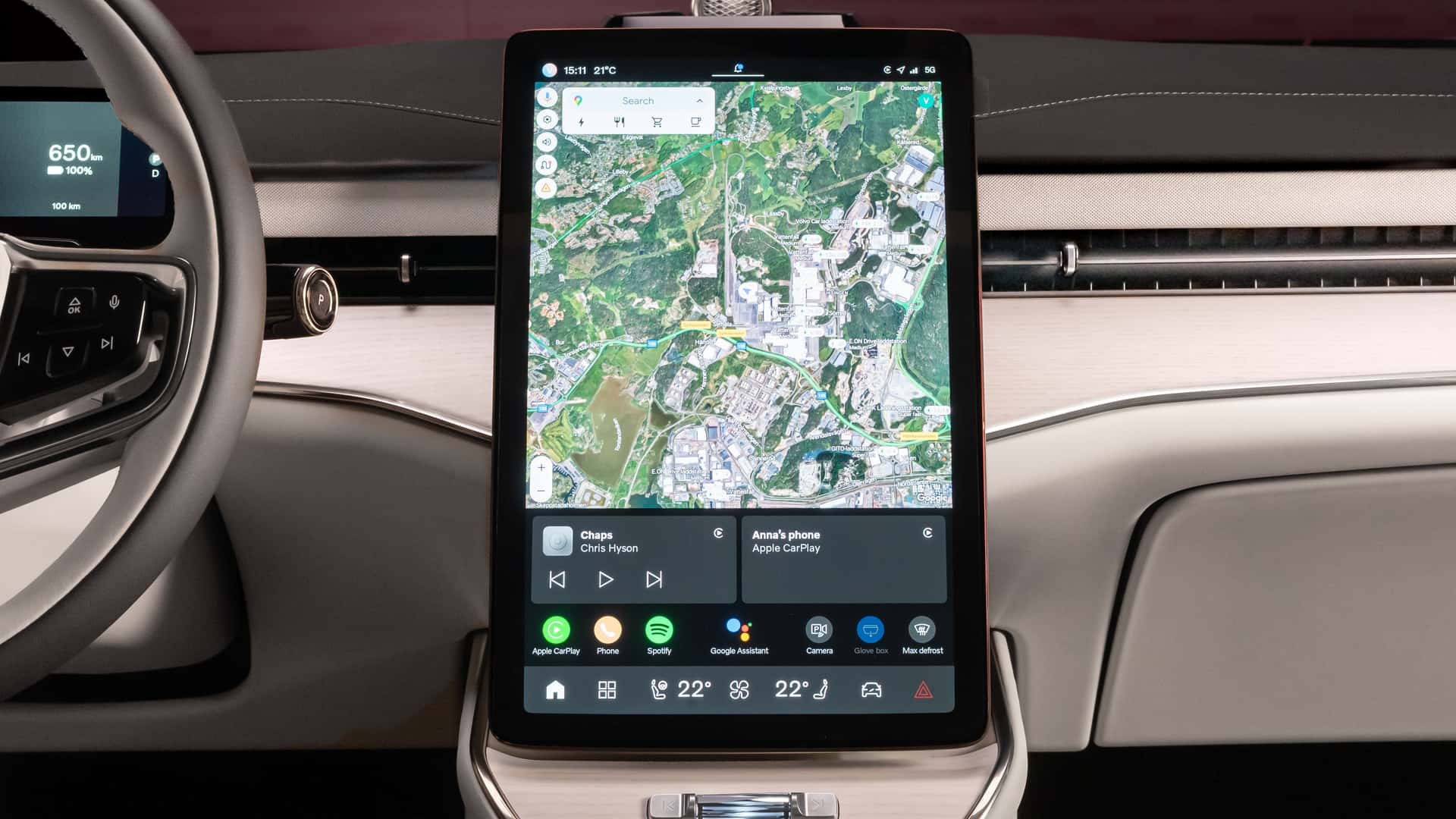
“This allows us to further raise the bar on safety and overall performance through data, software, and AI,” explained Volvo Chief Engineer and Technology Officer Anders Bell.
With its 800-volt architecture, the ES90 is designed for fast charging, supporting rates up to 350 kW. This enables it to recover 300 km of range in just 10 minutes, with a 10-80% charge in as little as 20 minutes. Depending on the version, the ES90 can deliver up to 700 km of range (WLTP), aided by its sleek 0.25 drag coefficient, the best in Volvo’s history.
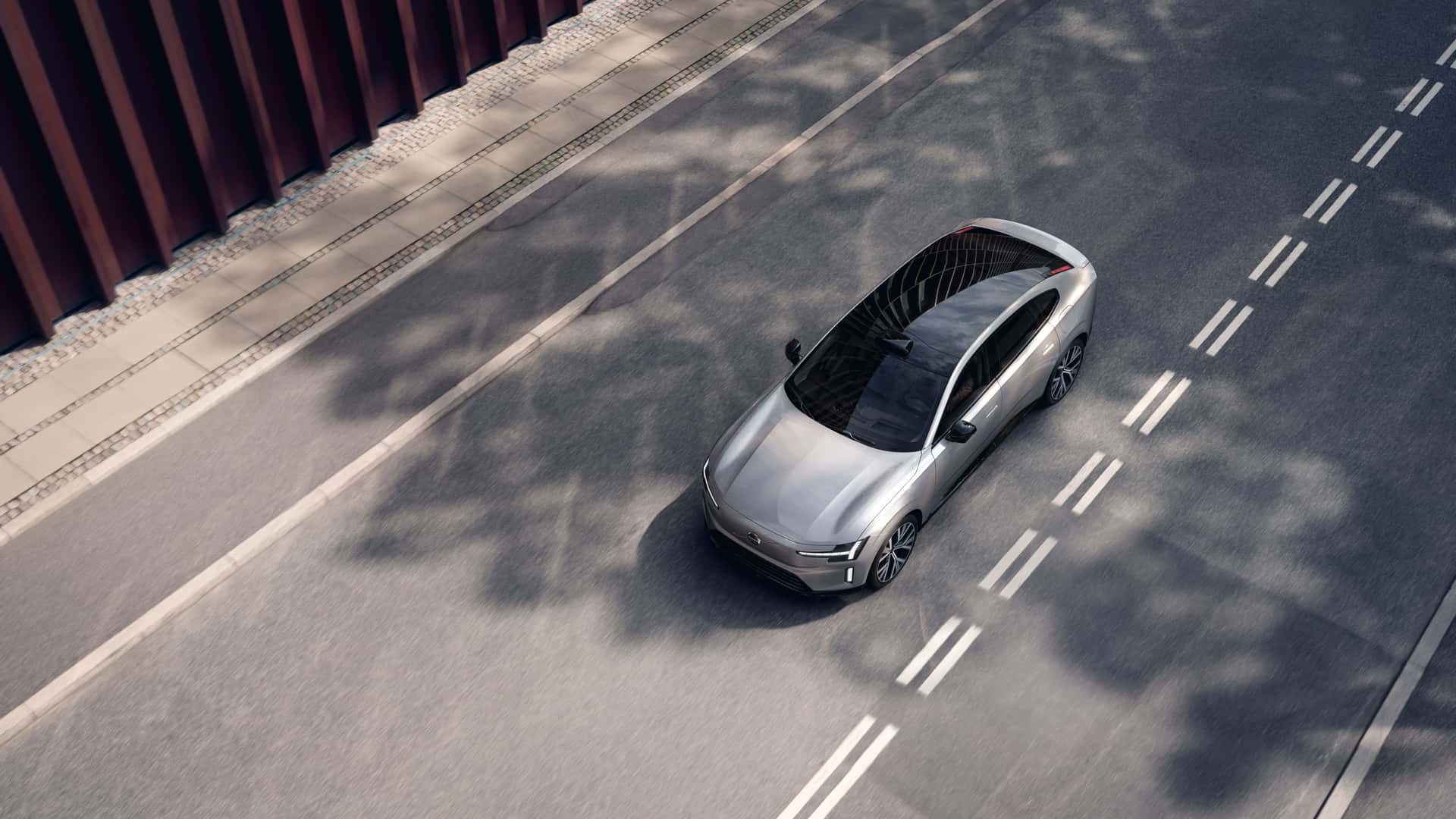
The ES90 will launch in three configurations: the Single Motor variant, featuring rear-wheel drive, a 329hp output, a 92.0 kWh battery, and up to 644km of range; the Twin Motor variant, offering all-wheel drive, 442hp, a 106.0 kWh battery, and a range of up to 700km; and the Twin Motor Performance variant, which boasts all-wheel drive, 670hp, a 106.0 kWh battery, a 0-97 km/h acceleration time of 3.9 seconds, a top speed of 180 km/h, and a range of up to 700km.
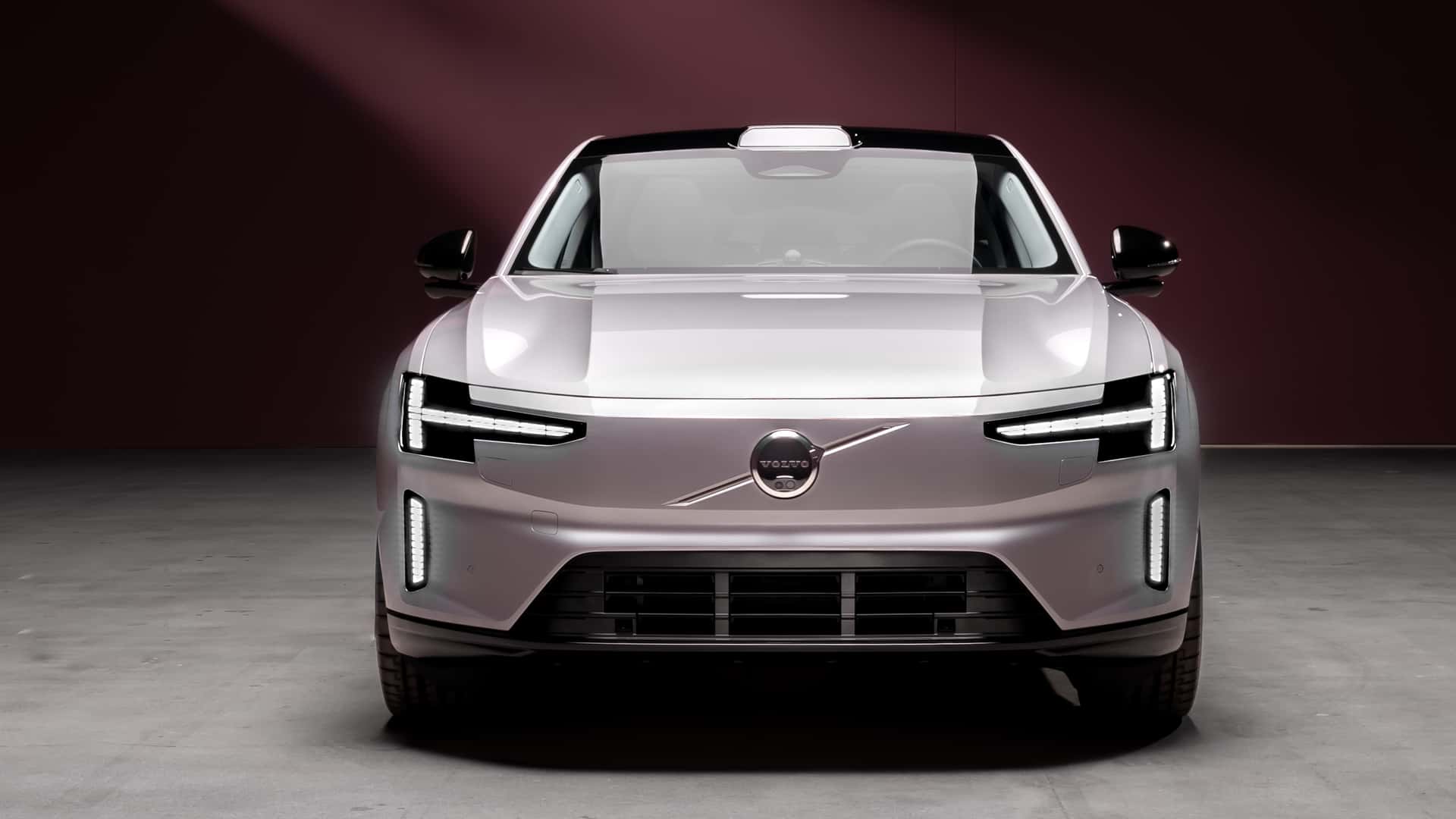
The Volvo ES90 is currently available to order in select European markets. Availability in other markets is expected in the near future, though no official timeline or pricing has been announced.



